A city in nature – or a city without nature? The uncertain fate of Singapore’s last forests
Recent outcry over deforestation in the city-state has started a conversation about where forests fit in the future of a metropolis that aims to be a ‘city in nature’.

When a developer flattened a piece of woodland earlier this year that it wasn’t meant to, aerial photos of the stripped parcel of land went viral and lit up social media in the city-state.
Photographs from 2019 — picturing Singapore’s historical railway flanked with luscious green woodland — were juxtaposed with photographs of barren land taken in February 2021, shocking both the public and environmentalists.
The area was always going to be cleared to some extent. About 25 hectares of the 70-hectare woodland had been slated for the development of an Agri-Food Innovation park.
The appointed contractor mistakenly cleared 4.5 hectares of land before the environmental impact assessment could be completed in April. Notwithstanding that, the Nature Society Singapore (NSS) had in its 2019 book, The Green Rail Corridor - A Biodiversity and Ecological Overview, recorded a host of thriving bird species in the area.
The forest clearance highlighted a tenuous relationship between the government and local nature groups which was improving in recent years. Many Singapore residents spoke-out against the error, underlining a growing shift in attitudes towards the city-state’s green spaces that have been sacrificed in the name of development.
In the past year, spells of solitary lockdowns to stem rising Covid-19 infections have driven hoards to Singapore’s natural spaces. Dormant building sites and restricted maintenance in public spaces allowed for explosions of rare wilderness, inspiring an interest in nature in a meticulous metropolis.
Most Singaporeans — who have lived in high-rise apartment blocks since the 1960s, when rustic village settlements known as kampongs still common in neighbouring Malaysia and Indonesia were replaced with concrete and steel — have accepted the conversion of forests to buildings in the name of economic progress and pragmatism that has become a hallmark of Singapore’s government. But there are signs that this pragmatism — at the cost of the city’s natural spaces — is drawing concern from both the public and conservation groups alike.
“I have witnessed a remarkable shift [in environmental consciousness], from ambivalence to something more than that. Societal attitudes are changing,” says David Tan, a forest ecologist who has scrutinised the Kranji deforestation incident with detailed analysis posted on social media.
Hidden areas of natural beauty captured by drone footage have similarly gone viral in recent months. These same areas are earmarked for development for public housing, prompting more people to question land-use decisions of the country. The tension between protecting wild spaces and development plagues most of the world’s cities as more people pour into urban areas. The Kranji clearing encapsulates this more than most.
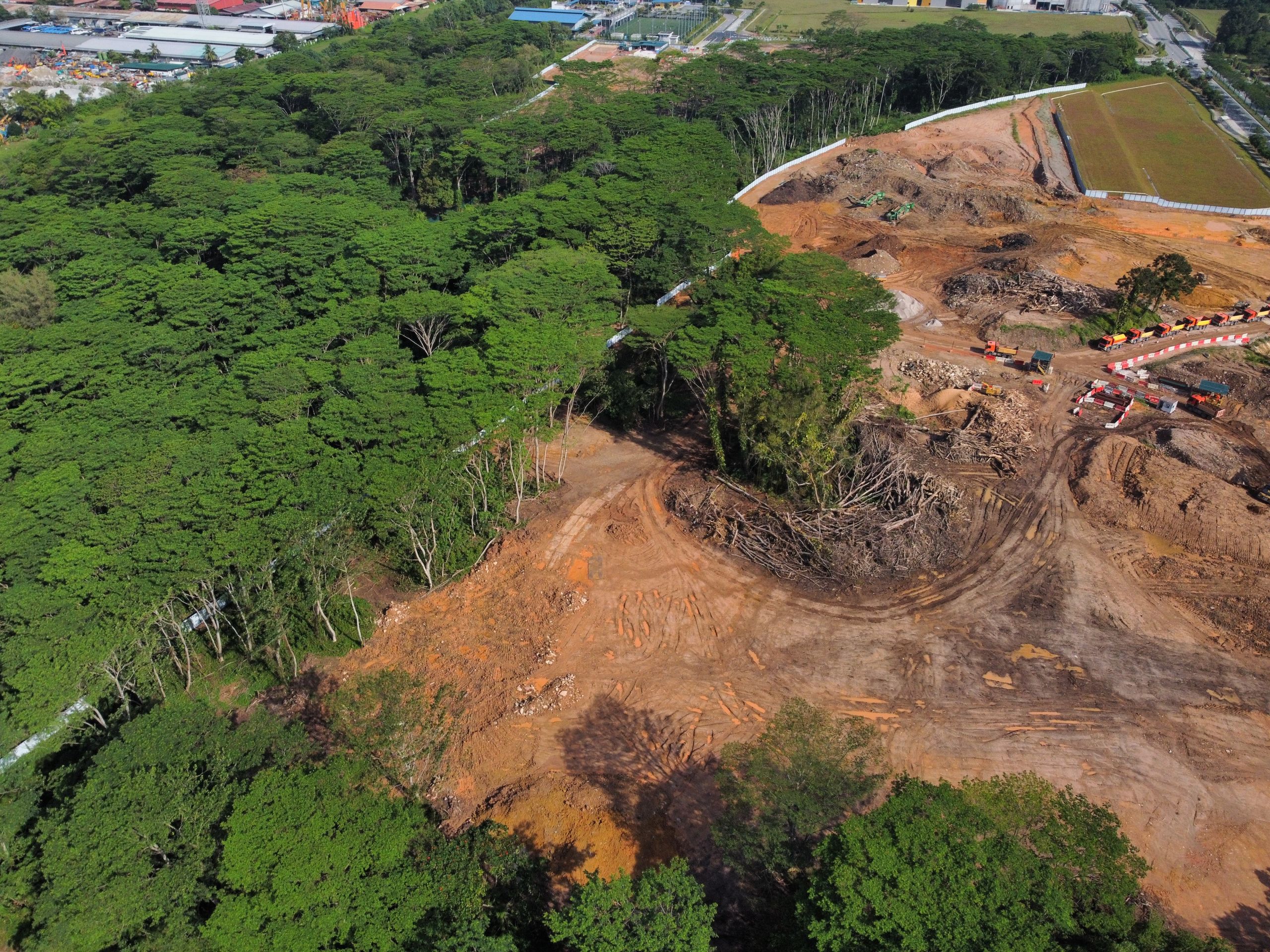
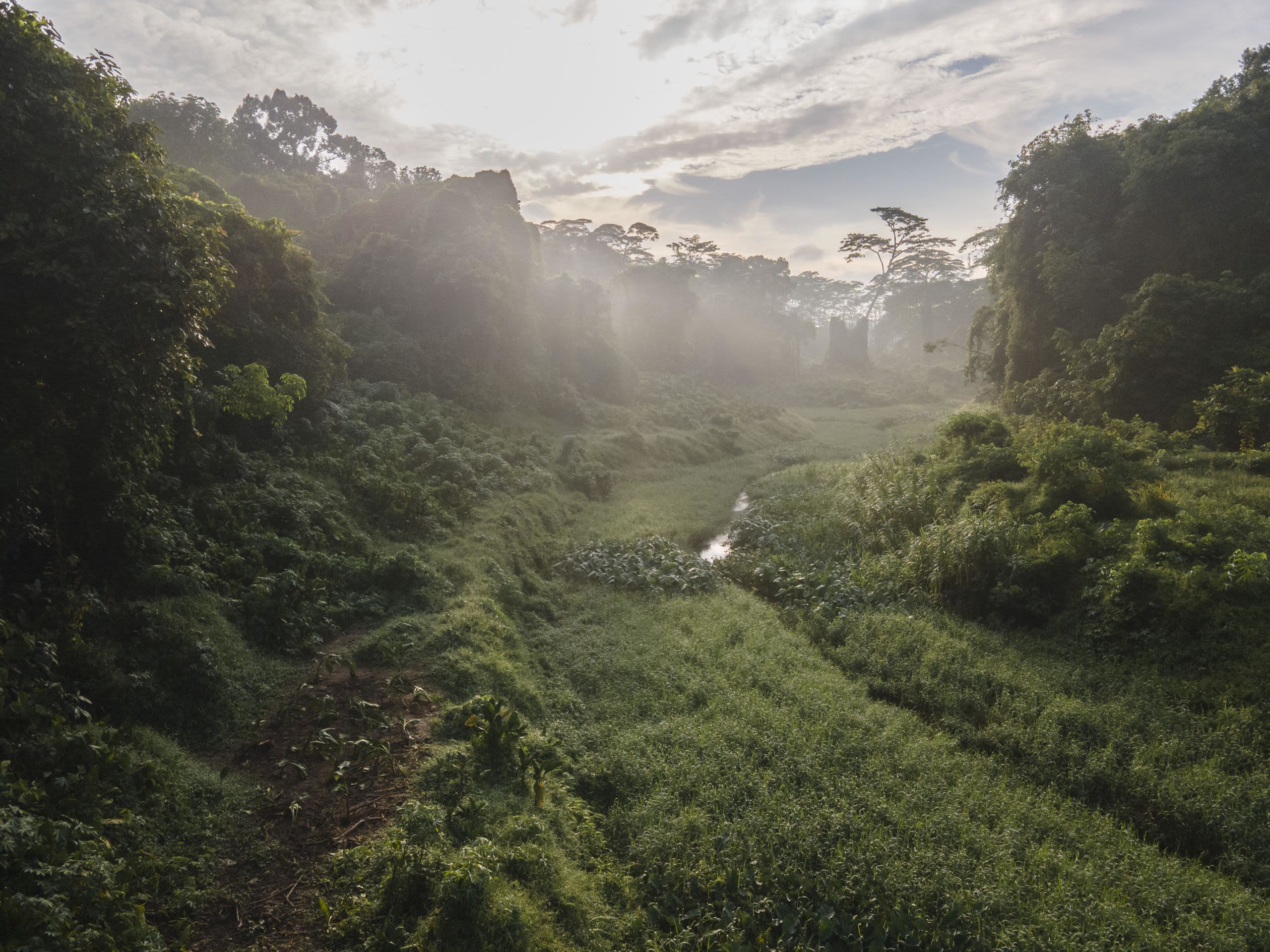
Singapore routinely tops rankings of the world’s greenest cities, and enjoys a glowing reputation as a consciously-constructed metropolis nestled in verdant greenery. Natural historian Sir David Attenborough described Singapore as a city “built in harmony with nature”, in a BBC documentary in 2017, and the city-state has honed its brand as a ‘City in Nature’ where natural areas are embedded into the fabric of one of the world’s most biodiverse cities.
On closer inspection, however, whether much of Singapore’s greenness is a facade is the subject of debate among citizens.
Lush green forest flanking motorways in places mask cranes and bulldozers on the other side. While the island currently has around 20 per cent green cover, only 0.3 per cent of an island once entirely forested is now classified as primary forest, small fragments of which pepper the country’s nature reserves. Meanwhile, ongoing development nibbles away at the fringes of what remains.
Singapore’s impact on forests extends well beyond its borders. Singapore has one of the world’s biggest deforestation footprints per capita, according to an academic journal published in March which maps the deforestation footprint of nations. The paper identifies forestry, urbanisation, agriculture and other commodities as the drivers of deforestation.
“Given the small population size, the deforestation induced by Singaporean consumption mainly occurs in countries throughout Southeast Asia (especially in Peninsular Malaysia and Sarawak) and some unexpected footprints in eastern Madagascar and the Petén Basin of northern Guatemala,” according to the study, conducted by Nguyen Tien Hoang and Keeichiro Kanemoto.
Meanwhile at home, the value of forests in keeping a country cool as climate change accelerates is coming starkly into view, particularly among the most climate-vulnerable residents; the elderly and construction workers who toil outside, building the city.
In this special report, Eco-Business examines the conflict at the heart of progress in Southeast Asia’s prosperous red dot, the governance blind-spots and the growing activism that could be instrumental in preserving the country’s green spaces.

All over Singapore, there are slogans promoting the city-state's ambition to be a "city in nature". Image: Robin Hicks
All over Singapore, there are slogans promoting the city-state's ambition to be a "city in nature". Image: Robin Hicks
From kampongs to eco-towns: Singapore's natural history
Deforestation in Singapore has old roots.
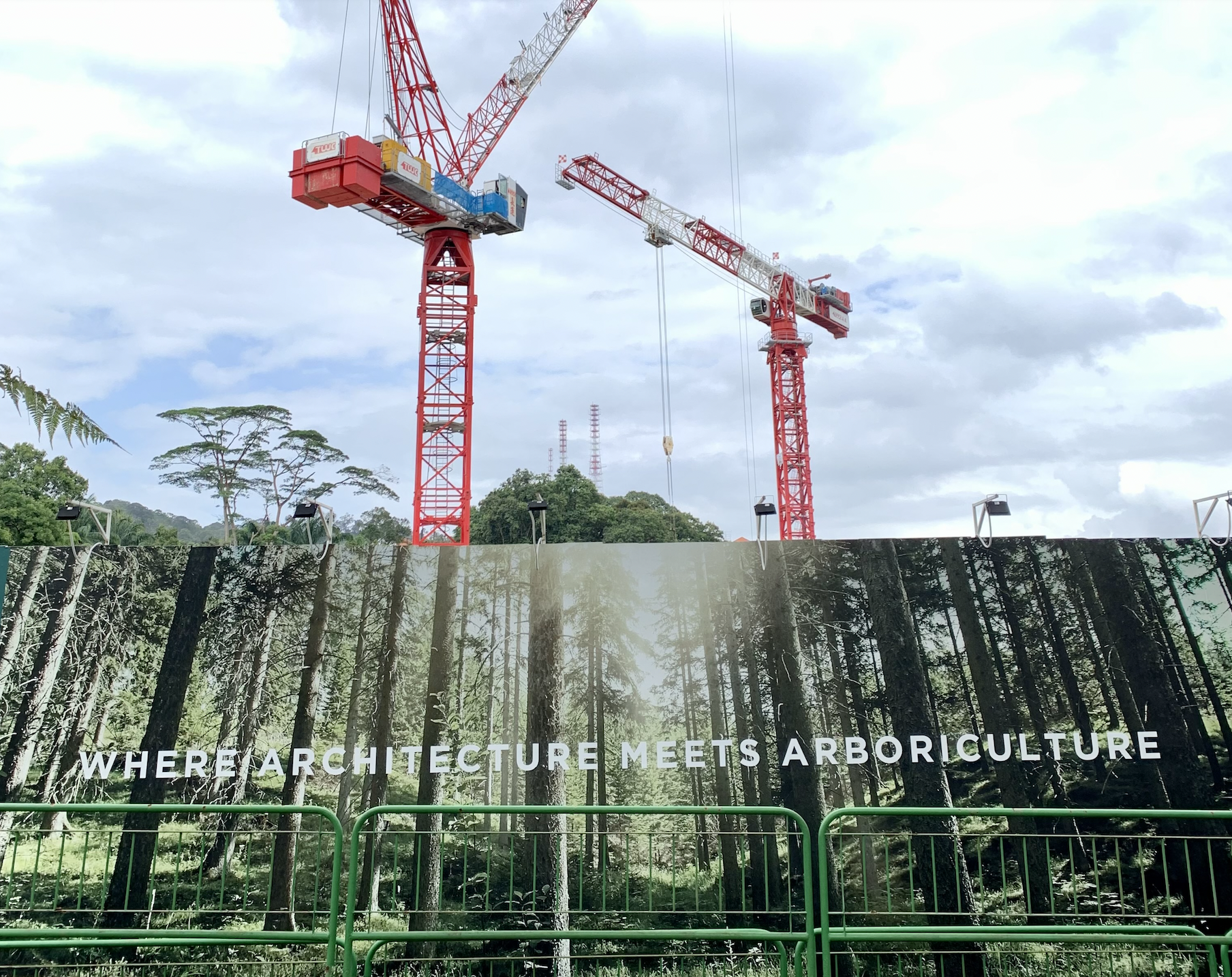
The struggle to protect Singapore’s forests from development harks back to more than 200 years ago. An island once entirely covered by swampy rainforest and mangroves developed quickly from the early 1800s, with most of the country’s forests felled in the earlier stages of development.
Its British founder, Sir Stamford Raffles paved the way for Singapore’s development by landmarking the island as a trading centre for the Malayan straits. What once homed around 150 island-dwellers rapidly grew into a bustling port, and cash-crop cultivation became a popular livelihood for many first-generation Chinese migrants.
Gambier, usually grown alongside pepper, thrived best in virgin soil, and was among the most important crops of the 19th century. This caused each plot of land to be exhausted within 15-20 years and forests to be continuously cleared for new plantations. Chinese growers essentially had unregulated reign over forest clearance activities amidst the ambiguity surrounding legal titles to the land at the time. As the town grew, cash crops penetrated the island’s interior, resulting in rapid deforestation.

A gambier and pepper plantation in Singapore, around 1900. Cultivating the two crops led to much of the early deforestation in Singapore. Image: National Museum of Singapore, National Heritage Board
A gambier and pepper plantation in Singapore, around 1900. Cultivating the two crops led to much of the early deforestation in Singapore. Image: National Museum of Singapore, National Heritage Board
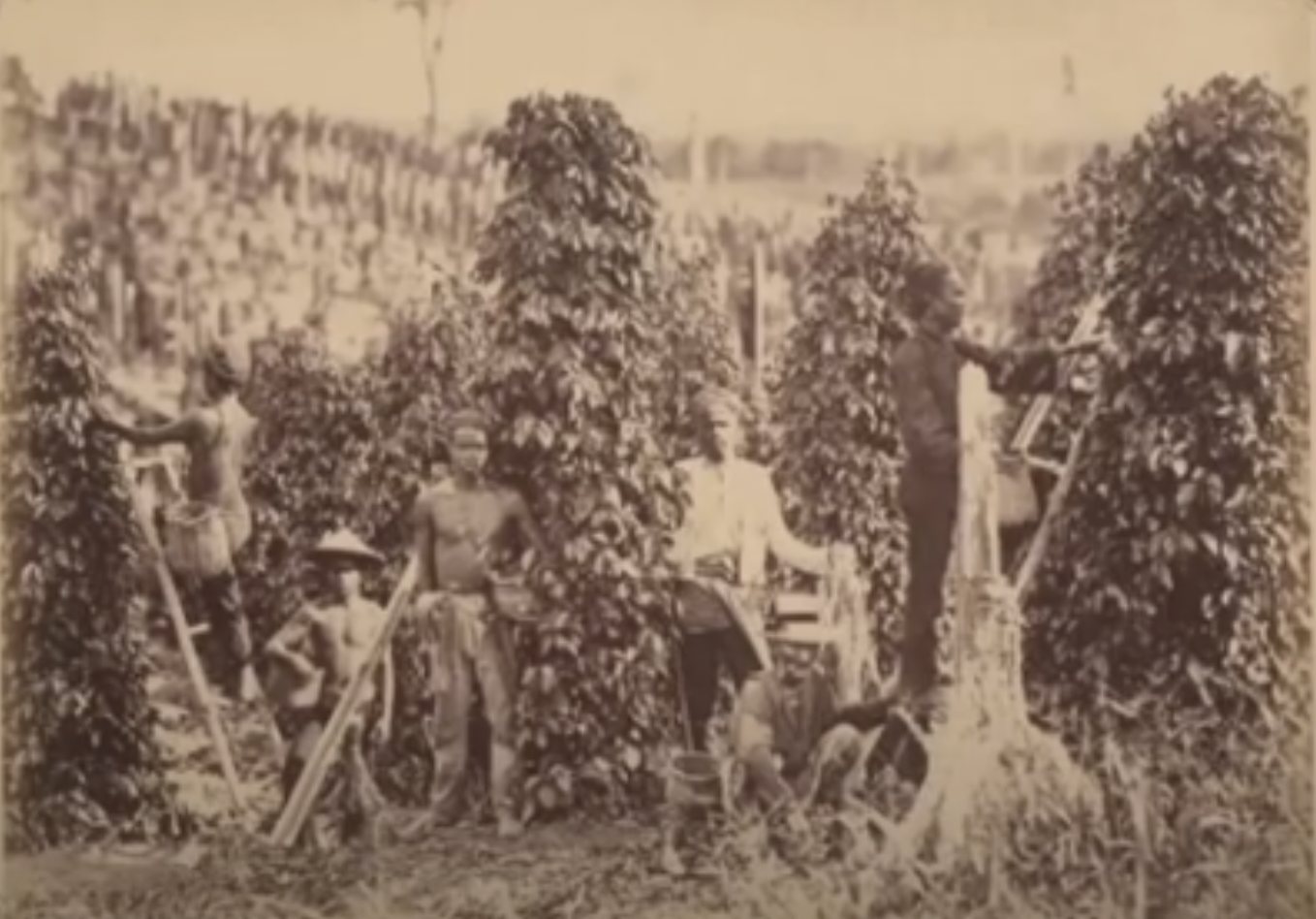
Felled trees in the background of a gambier plantation. Image: Lee Kip Lin and National Library Board
Felled trees in the background of a gambier plantation. Image: Lee Kip Lin and National Library Board
Primeval Singapore to agricultural Singapore. Images: Pang Sua Woodland, Sanctuary Unveiled Along the Rail Corridor. Design: Philip Amiote
Primeval Singapore to agricultural Singapore. Images: Pang Sua Woodland, Sanctuary Unveiled Along the Rail Corridor. Design: Philip Amiote
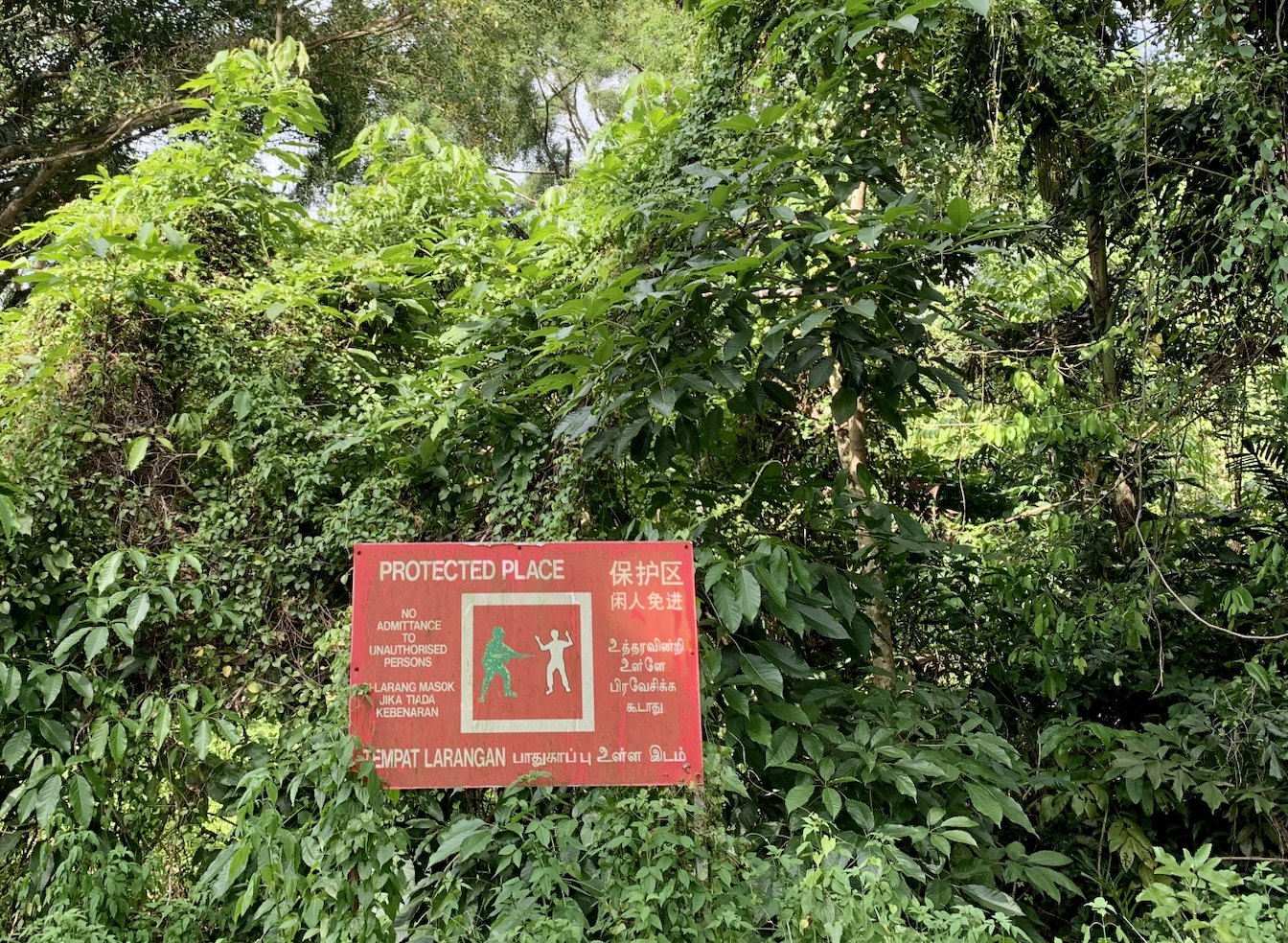
Tengah Forest, which is being converted into a "forest town". Image: Robin Hicks
Tengah Forest, which is being converted into a "forest town". Image: Robin Hicks
Under British colonial rule, Sir Nathaniel Cantley was appointed Singapore’s first gardens’ superintendent in 1880, reflecting growing concern over the impact of the timber industry, which grew to commercial scale in the early 19th century.
With “absolutely no forest rules or regulations, or forest law of any kind”, only 7 per cent of Singapore’s primary forests remained at the time of Cantley’s appointment. He quickly established forest reserves and set about reforesting wasteland.
In 1884, 14 forest reserves were formally established. They occupied around 11 per cent of Singapore’s land area. However, more than two thirds of this area was occupied by secondary forests — degraded vegetation that has recovered after being cleared, and usually do not support the same level of biodiversity as primary forests.
Dr Chong Kwek Yan, vegetation ecologist from the National University of Singapore’s (NUS) Department of Biological Sciences, says, “the initial demarcation of forest reserves wasn’t [and couldn’t] be very spatially systematic. Cantley salvaged what was left, regardless of where they were located, including any additional areas he thought would be helpful if regenerated over time.”
“As time passed, those in charge of protecting nature reserves became less powerful, while the conflict arising from competing land use needs became more dire,” says Chong. In 1936, the forest reserves were all revoked. Some, like the Kranji and Pandan mangrove reserves, were intermittently re-gazetted over the next three decades, but were eventually still released for development when Singapore gained independence. This leaves the four nature reserves in Singapore today: Bukit Timah, Sungei Buloh, Labrador, and the Central Catchment.
The evolution of Singapore's nature reserves. Design: Philip Amiote
Singapore's nature reserves. Design: Philip Amiote
Today, with a population of 5.9 million, more than half of the island state is urbanised and most of its offshore islands have been developed for industry or recreation.
According to a 2020 study, Singapore has lost at least 35 per cent of its plant species in the last 200 years, and nearly half of its butterfly species. An older study estimates that Singapore has lost up to 73 per cent of its plants and animals, including 234 fish, 111 reptiles, 91 mammals and 61 forest-bird species. The only remaining primary rainforests are in fragmented patches within the Bukit Timah Nature Reserve (BTNR) and the Central Catchment Nature Reserve (CCNR).
After Singapore gained independence in 1965, pressure for other land use has remained the biggest driver of deforestation on the remaining secondary forests.
Up till the late 1980s, ground-up lobbies for conservation mainly stemmed from the academic community while locals largely remained neutral to deforestation.
“However, as the nation's economy stabilised and the nation prospered, people could afford to start thinking about their recreational needs,” says Chong. Now, nature-oriented activities like birdwatching are increasingly popular pastimes which are highly valued by residents of the second most overworked city in the world.

Land-use change in Singapore from 2001 to 2020. Design: Philip Amiote
Land-use change in Singapore from 1984 to 2020. Design: Philip Amiote
This surge of public appreciation for natural spaces in the 1990s was also accompanied by a wave of international pressure and concern for the environment. Following Singapore’s ratification of the United Nations’ Framework Convention on Climate Change (UNFCC) in 1997 and accedence to the Kyoto Protocol in 2006, the government proceeded to reinstate Labrador Nature Reserve — which had been earlier downgraded to a nature park — and to establish Sungei Buloh as a wetland reserve.
“Regardless of era, it’s all about whose voice is louder among a sea of competing interests,” says Chong. The baton of conservation has been passed from the likes of Cantley during colonial times, to those of academics during the initial post-independence years, and today is a fusion of public, international, and governmental voices.
“Now, there is a plan, but economic and developmental interests are key considerations in this plan, for better or for worse,” he says.
Forests and climate defence
What is the value of Singapore's forests?
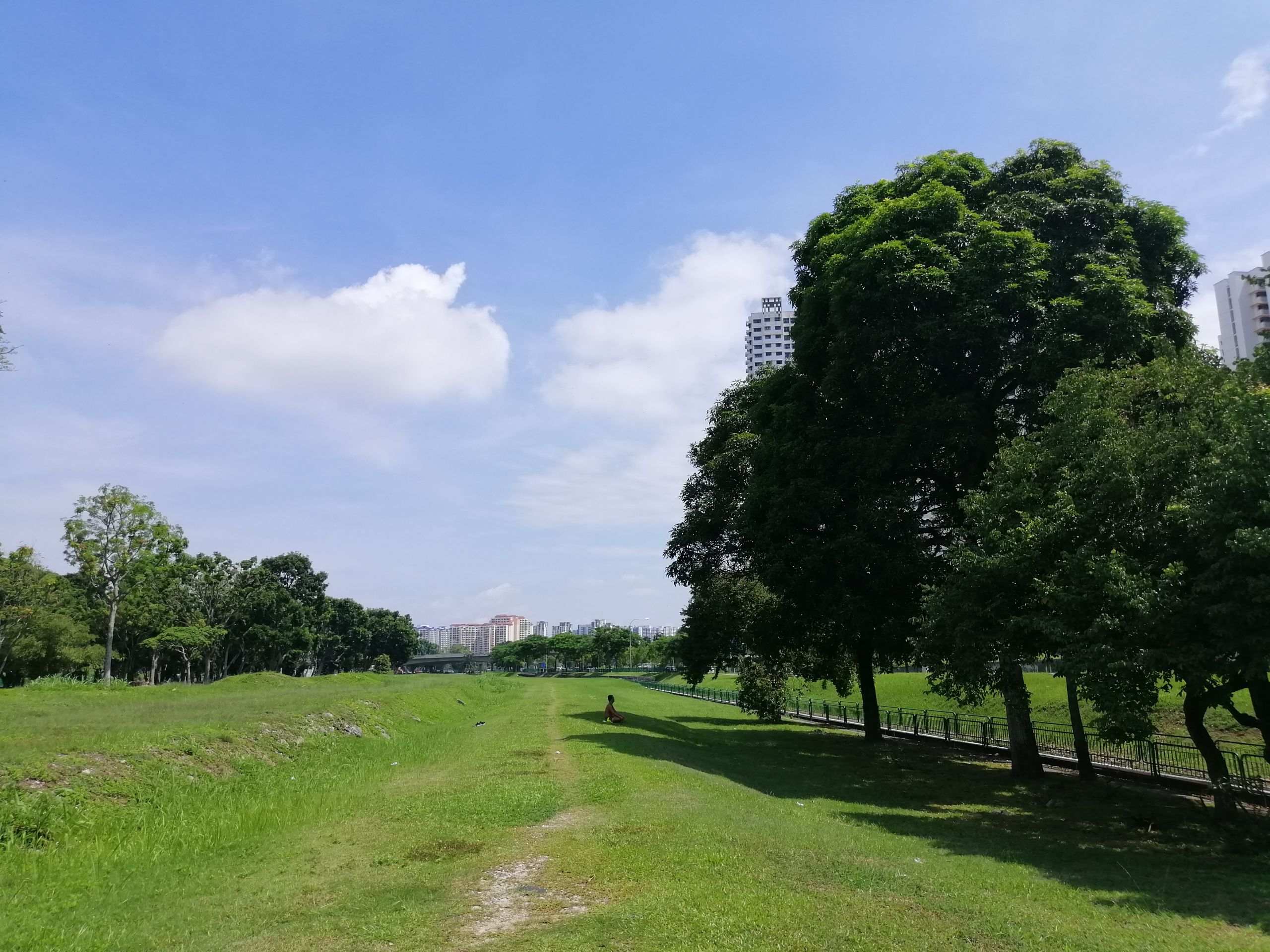
Over the past 10 years, the rate at which wild areas have disappeared has been slow compared to the rampant forest loss in the neighbouring Malaysian district of Johor, which conservationists say has prompted animals such as crocodiles, otters and hornbills to migrate south to Singapore.
But in a country with so little greenery left, every patch of forest left matters. From Selimang Woods in the north to Sentosa Island in the south and in scattered patches in between, islands of greenery are quietly shrinking to make way for development (see map).
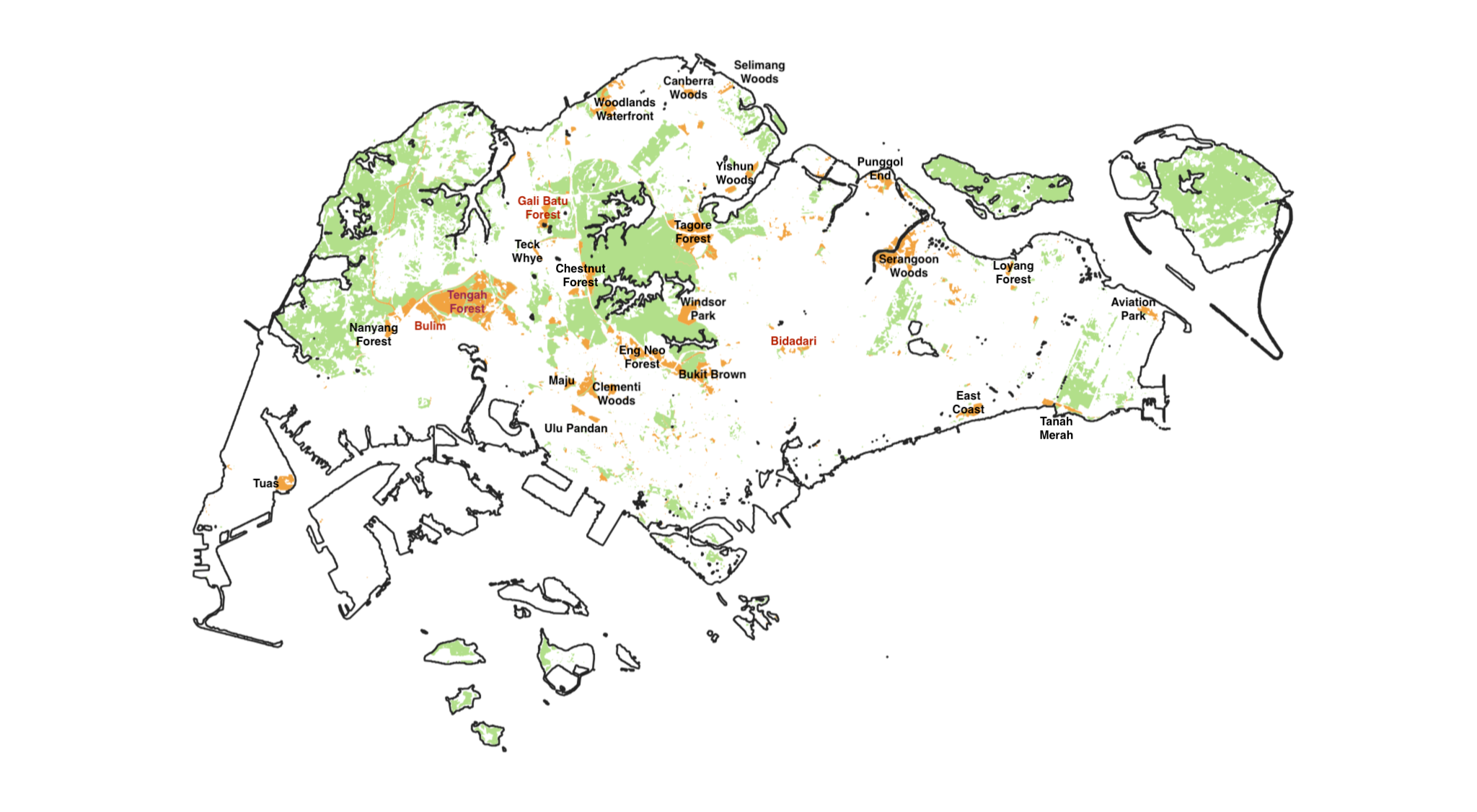
Areas shaded light green are existing wooded areas. Areas shaded orange are wild areas earmarked for other land-use purposes. Areas marked in dark red are wooded areas that have already been destroyed or are in the process of being destroyed. Image and analysis: David Tan
Areas shaded light green are existing wooded areas. Areas shaded orange are wild areas earmarked for other land-use purposes. Areas marked in dark red are wooded areas that have already been destroyed or are in the process of being destroyed. Image and analysis: David Tan
These losses could count more for a country that is heating twice as quickly as the global average. Singapore is almost one degree Celsius hotter now than it was in the 1950s — a big increase considering the planet has warmed by one degree since the industrial revolution around 1750.
Singapore is also much hotter — 4 °C hotter — in built up areas compared to green spaces, and a Singapore that is projected to get as hot as 35 to 37 °C by the end of the century could be a dangerous place to live.
Professor Benjamin Horton of the Earth Observatory of Singapore questions whether the labourers that play such a pivotal role in the country’s economy will be able to work outside in such hot weather. Thousands of construction workers have been worked to death building stadiums in temperatures reaching 45°C for the 2022 Fifa World Cup in Qatar. “We need to make urban areas more resilient, and greenery in the city is one way to cool it down,” says Horton.
There have been no formal studies on how land-use change in Singapore has affected the local climate. Nor have there been studies on how small the remaining patches of forest can get before they stop functioning well as suitable habitats for wildlife. Though plans have been announced to connect some patches of greenery, such as in the Sungei Buloh Wetland Reserve in the northwest of the island, ecologist David Tan worries that some areas will become so small, fragmented and far apart that species will start inbreeding.
One patch of forest known as Clementi forest flanks the rail corridor that links the Central Catchment Nature Reserve with the southern ridges, allowing animals such as pangolins, civets and tree shrews to move around. If the planned development of Clementi forest goes ahead, an important passageway for wildlife will be blocked, says Tan, who modelled ecological connectivity in Singapore as an undergraduate. Similarly, Tengah, which is being developed into an “eco town”, is a large patch of forest that connects the Western Catchment with the Central Catchment that is being compromised as a wildlife corridor, he says.
Dr Ho Hua Chew of Nature Society Singapore says there is little point talking about connectivity, if what’s left is being lost. “The forest has to be there to be connected,” he says. Ho worries that the 10-year land-use master plan laid out years ago will mean few if any of Singapore’s unprotected forests, which make up 20 per cent of the island’s green areas, will be spared development. Any patch of forest can be used at any time, as all land is state-owned.
Singapore’s Ministry of National Development says it is building a network of corridors to strengthen the connections between nature reserves, parks and gardens, and is planting native trees and shrubs to create “forest-like structures” alongside roads known as “nature ways”, while also beefing up park connectors.
Island-wide studies will also be conducted to understand the ecology of green areas and how to connect them to “inform our long-term planning,” a spokesperson tells Eco-Business.
NParks also lists a number of measures it has taken to improve connectivity, including Southeast Asia’s first eco-bridge, built in 2013 to enable wildlife to cross the Bukit Timah Expressway between Bukit Timah and Central Catchment nature reserves. Roadkill has been a serious issue for Singapore’s wildlife, particularly since the construction of an expanded nature park in Mandai. Species such as Sunda pangolin, leopard cat and sambar deer have been killed on the road.
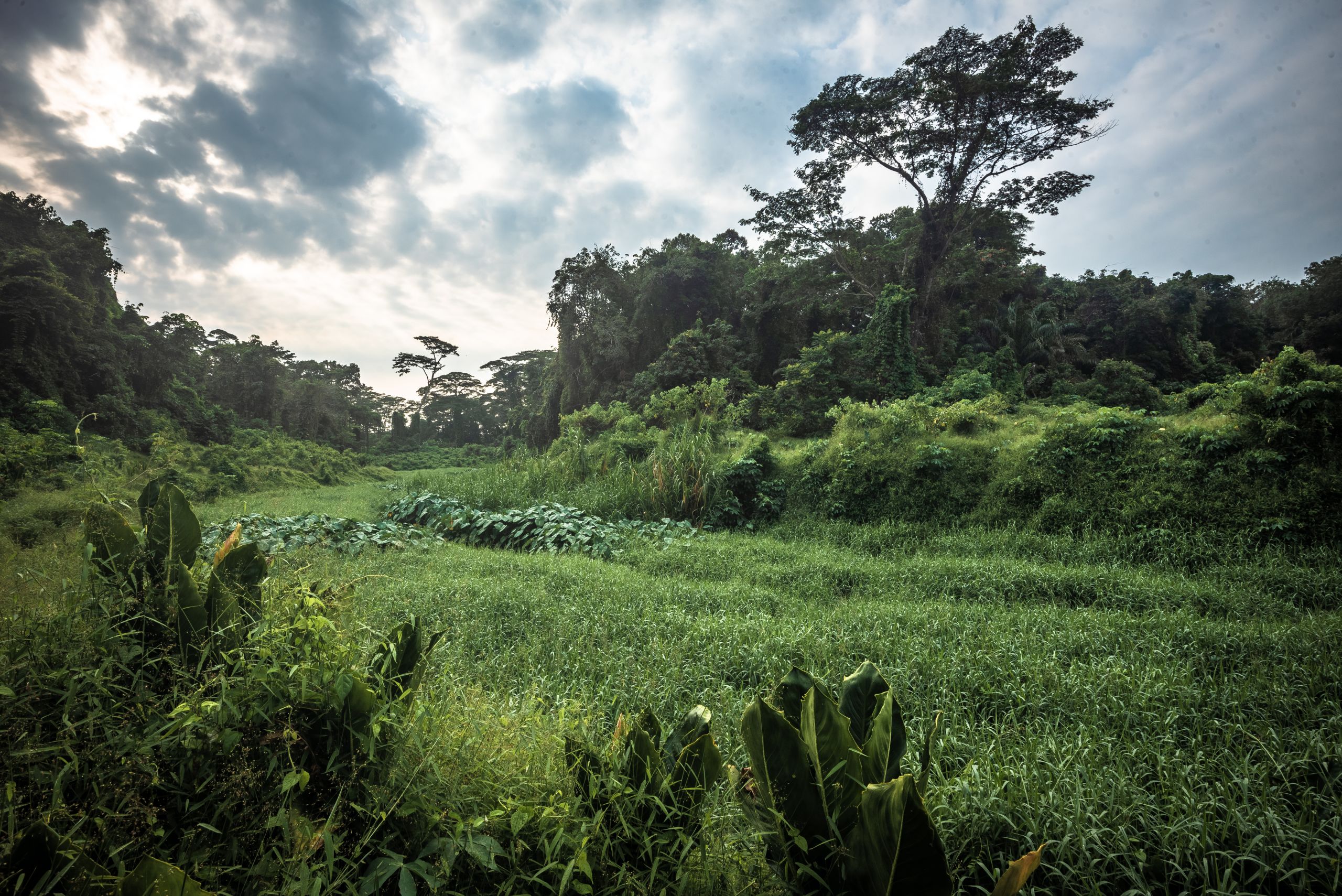
Clementi Forest. The wildlife-rich secondary forest drew much media attention last year after a nature enthusiast shared images of the area online, highlighting its lack of protection and potential development plans. Image: Tim Ha
Clementi Forest. The wildlife-rich secondary forest drew much media attention last year after a nature enthusiast shared images of the area online, highlighting its lack of protection and potential development plans. Image: Tim Ha
Conservationists believe that whatever forest remains should be protected, and not only to prevent extinctions to critically endangered species. Ho points to the value of forests as carbon sinks and providers of ecosystem services such as water and air filtration. Singapore sets aside about 10 per cent of its total land area for conservation, and plans to increase that to 12 per cent under the Singapore Green Plan. But that proportion is well below the 17 per cent of protected land set by the United Nations Convention on Biological Diversity, to which Singapore is a signatory, Ho points out.
Unprotected forest patches are extra valuable considering that Singapore’s nature reserves are under threat too. Conservationists report that Bukit Timah Nature Reserve, which has been around since 1883, is in danger of degenerating. The public paths that cut into the reserve have the effect of drying out the 1.6 square kilometre rainforest, which is surrounded by a water pipeline, an expressway and dense suburban and commercial developments. Similar problems face the Central Catchment Nature Reserve.
“The main problem with our central forested nature reserve is that it is not an integrated whole. It has been fragmented over the decades by roads, water-pipeline paths, golf courses, and expanded reservoirs, and is increasingly being flanked closely by housing estates. This gives rise to greater edge-effects, such as de-humidification, pollution, and intrusion of domestic animals on the forest ecosystem,” Ho says.
Professor Shawn Lum, who penned a paper on Singapore’s nature reserves titled Resilience of a forest fragment exposed to long-term isolation in Singapore, says that the reserves have proved to be fairly resilient, as long as the fragments that make up our nature areas are “not too small and isolated.” But he does worry about the impact of wild pigs, which feed on young saplings in the reserves, and the impact of climate change, which has changed rainfall patterns.
The National Parks Board (NParks) and its 10-year Forest Restoration Action Plan, launched in 2019 to replant native trees and shrubs in disturbed areas and part of the OneMillionTrees Movement, is among the measures it is taking to prevent the degeneration of the reserves.
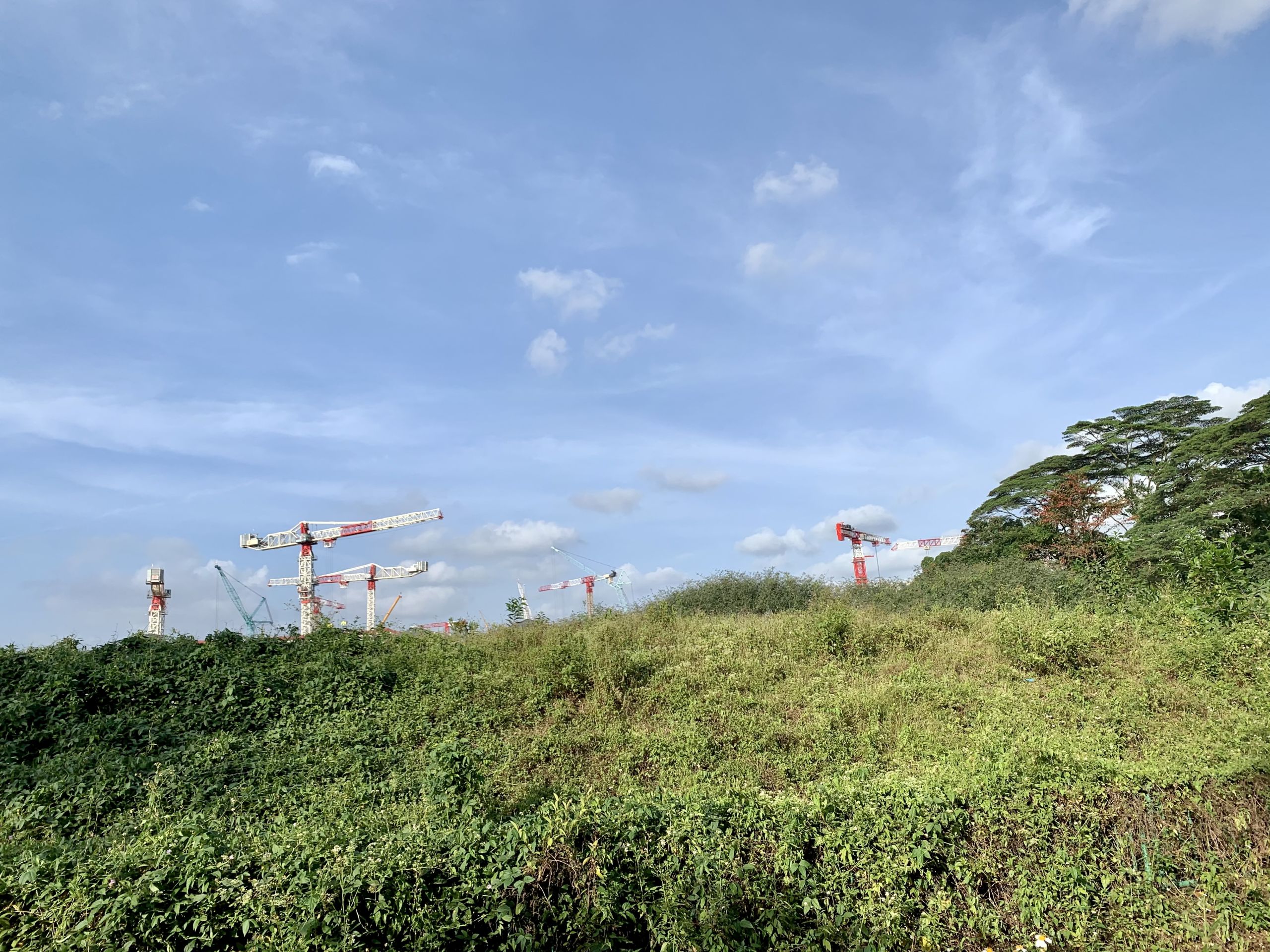
Co-designing the future
It’s hard to preserve what’s left of unprotected forests, if its only value is as potential real estate. Benjamin Towell, deputy director at the Building & Construction Authority, the government’s building agency, says that a monetary value should be put on natural areas in order to conserve them.
If an area of Singapore’s financial district had been bulldozed instead of a patch of forest in Kranji, the repercussions would have been a lot more than a S$50,000 fine, the penalty for failing to comply with nature protection measures for development. In the Singapore Institute of Architects Green Book, Towell writes that initiatives such as the Task Force on Climate-Related Financial Disclosures, a framework that helps businesses work out environmental risk, could, critically, push the value of natural systems onto corporate balance sheets.
Towell is leading the development of the construction industry’s new eco certification scheme for buildings, called Green Mark. A new addition to the scheme in Green Mark's revised guidelines published in April aims to encourage Nature Based Solutions (NBS), the protection of place, people and habitat and the restoration of ecology.
New buildings in Singapore already must plant a certain amount of greenery to compensate for the forests they replace, but that greenery is usually ornamental, with little chance of hosting wildlife. The new Green Mark provision encourages a comprehensive Environmental Impact Assessment (EIA) on the anticipated effects on the environment a proposed development may have, with an action plan on how to "maintain the ecological integrity of biodiversity on the site." The framework advises the restoration of ecology equivalent to the size of the development either onsite or offsite through reforestation, marine or aquatic restoration or an investment in nature-based credits with both options requiring a 10-year commitment.
But such a mechanism still allows for the onward march of Singapore’s built environment which, including buildings, roads, and other artificial surfaces, covers most of the island. To protect forests in Singapore, their value needs to be recognised. Perrine Hamel, assistant professor at Nanyang Technological University, works at the Resilient and Liveable Cities lab to calculate the monetary value of “natural infrastructure” in providing ecosystem services such as water retention and cooling.
The concept of calculating the value of nature is still a working concept globally, and the results of Hamel’s study are yet to be published. But putting a price-tag on nature could help to inform urban planning and design.
Hamel points to Melbourne, routinely Singapore’s rival as the world’s most liveable city, as an urban centre that has woven the principles of natural design into the governance of the city. The City of Melbourne expects to lose 27 per cent of its population of 70,000 trees worth US$650 million over the next decade and 44 per cent in the next 20 years, to climate change and urban growth. Melbourne’s urban forests strategy aims to increase the canopy cover from 22 to 40 per cent by 2040, to boost biodiversity and water retention, and reduce inner-city temperatures.
To achieve that goal, Hamel notes that Melbourne’s government agencies are working together “beyond silos”. There is also broad public acceptance of the idea of an urban forest, which is helped by the “real connection” Australians tend to have with nature, Hamel says. “The outback is very much part of the culture, even in the city,” she says.
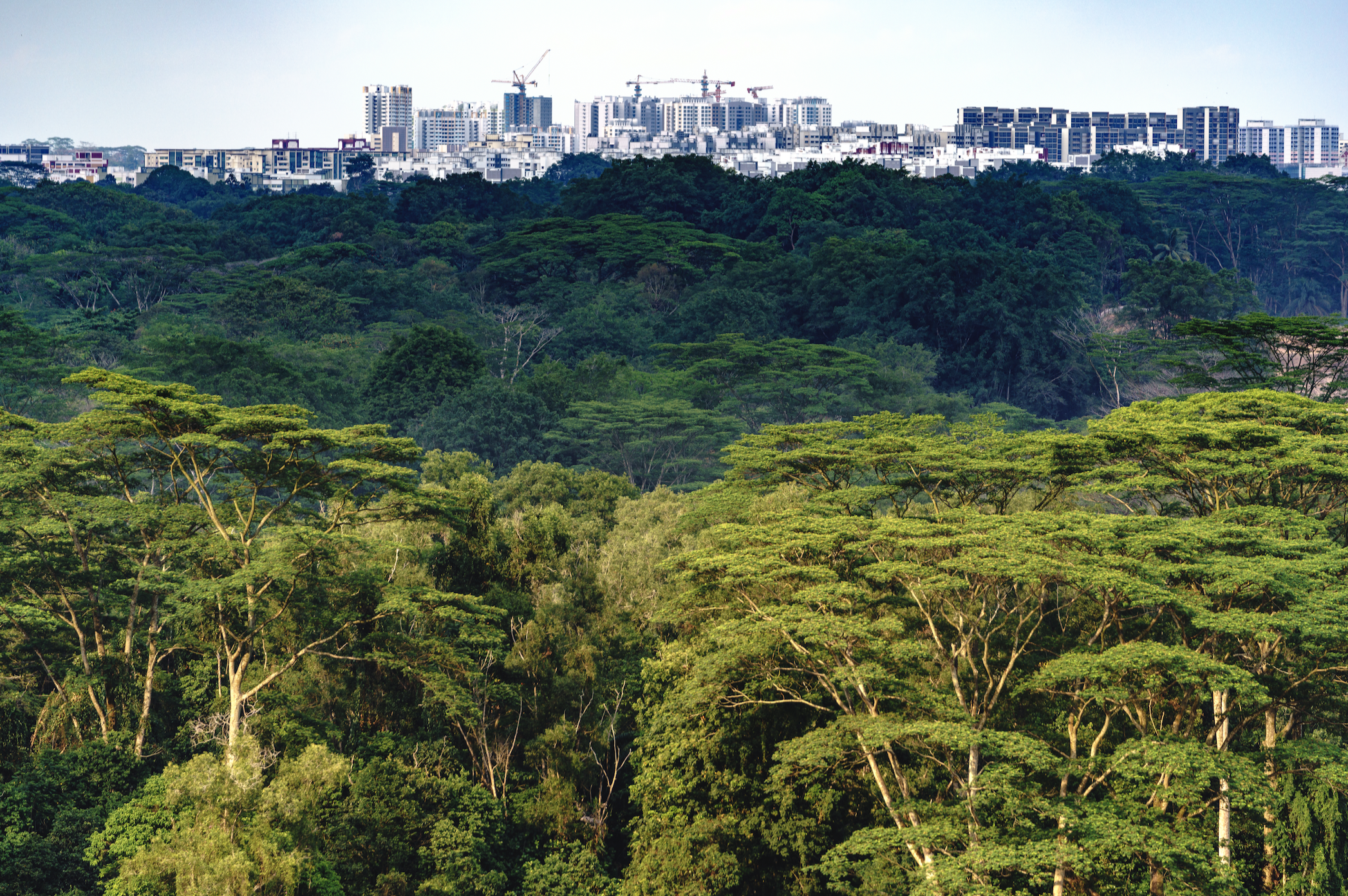
Tengah Forest. Image: Nicholas Yeo
Tengah Forest. Image: Nicholas Yeo
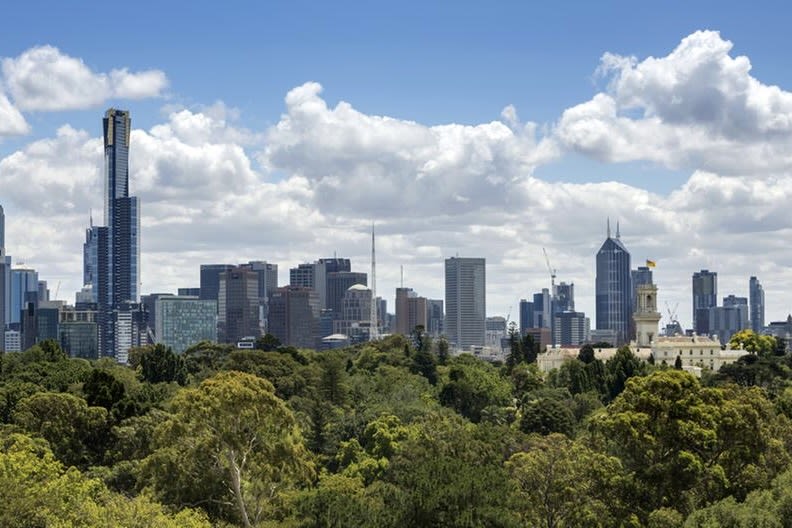
Melbourne has 70,000 council-owned trees, worth around $650 million. Image: melbourne.vic.gov.au
Melbourne has 70,000 council-owned trees, worth around $650 million. Image: melbourne.vic.gov.au
Biophobia in the city
If people are scared of nature, are they willing to protect it?
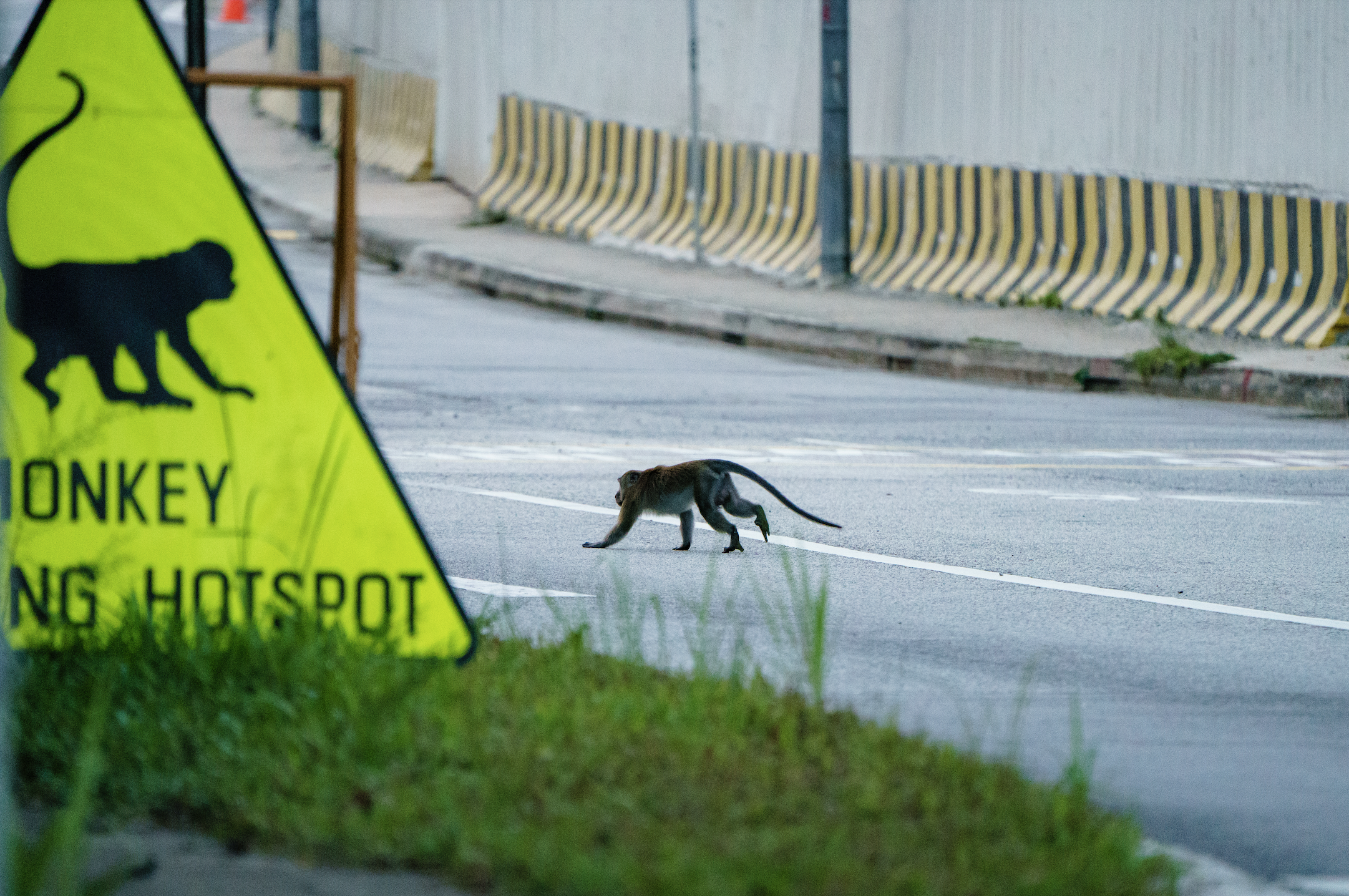
Not all Singaporeans are comfortable with the idea of living in nature, observed Shawn Lum, president of the Nature Society of Singapore, and senior lecturer, Asian School of the Environment at Nanyang Technological University, on a local radio programme in February.
The show debated what should be done about a recent wild pig attack on a resident in Punggol, one of Singapore’s newest residential districts, where forests have made way for public housing estates over the past 10 years.
“We need to be realistic. We can create habitats for otters and boars. But we need to acknowledge that not everybody is comfortable with a ‘city in nature’,” Lum said during the radio debate, adding that people need to be better educated about the value of nature to avoid a reaction against it.
“We need to change from the inside, not just change the city physically,” he said.
“Some of us have an excessive fear of wild things, like lizards, snakes and insects. Some of us see animals like otters as cute; they’ve been Disney-fied,” Lum said.
“When residents think of nature here, they think of lush greenery, flowers and butterflies,” says Anbarasi Boopal, co-chief executive of Animal Rescue Concerns Research & Education Society (ACRES), an animal rescue and welfare charity. “They like the aesthetic of nature, but not the insects, lizards and snakes that come with a real ecosystem,” she says.
Two long-tailed macaques descend the side of a condominium located on the edge of Bukit Timah Nature Reserve. Video: condo resident
Two long-tailed macaques descend the side of a condominium located on the edge of Bukit Timah Nature Reserve. Video: condo resident
This is an issue for people who choose to live in natural settings. In the leafy upmarket district of Bukit Timah, condominiums are whimsically named Tree House, Raintree, Forest Hills and Eco Sanctuary, while demand is high for the 55,000 public homes slated to go up in Tengah “forest town”, a 700-hectare residential district being built into secondary forest.
“People are buying into the idea of living in lush nature — just without the natural part,” says Boopal. ”People who move to a ‘forest town’ should not then complain about monkeys,” she says.
Complaints about wildlife are common in Singapore. ACRES, which was founded 20 years ago, received a record 1,900 calls to its animal rescue hotline in May this year, with many requests for the charity to remove animals from residential areas built on what was, until recently, forest.
ACRES runs education programmes to encourage co-existence with wildlife, but for animals considered pests, such as monkeys, snakes and the Mynah birds that dine at hawker centres, it is an uphill battle. Monkeys wandering through neighbourhoods have triggered complaints from the public that has led to about a third of the population being culled by the government.
This intolerance is rooted in fear, says Boopal.
A fear of nature, or biophobia, may have implications for building the city of nature that Singapore aspires to be, and for conserving what remains of the country’s wild areas. Dr Denise Dillon, an environmental psychologist at James Cook University Singapore, says that if people see a forest “as a source of danger or discomfort, they’re less motivated to want to protect it.”
Biophobia comes from a lack of exposure to the non-urban environment.
Teresa Teo Guttensohn, co-founder of Cicada Tree Eco-Place, an environmental education group, sees a disconnect with nature in high-school children unable to recognise local wildlife, and says it shouldn’t be left solely to nature groups like hers to teach children about Singapore’s natural heritage.
More needs to be done to teach local students about environmental issues in general, says Kuah Ee Qiang, a teacher at St Nicholas Girls’ School. Outside of geography and science classes, environmental issues are absent from the curriculum, he says.
Nature, consumed
For some of the older generation, wild areas evoke memories of the bygone kampong era, and are of well-understood cultural value. Stories have emerged of forests being used to hide secret gardens. In March, a 75 year-old man was found to be using a small patch of Choa Chu Kang forest, five kilometres from his flat, as a garden. His garden was demolished by the Singapore Land Authority after a walker alerted the authorities.
The pandemic prompted a quadrupling of visitors to the city-state’s nature parks last year. This points to an emerging appreciation of nature, but it is not without consequences, says Cuifen Pui, a biologist and director of Food Citizen, which promotes regenerative agriculture.
On visiting Sungei Buloh wetland park for a bird-spotting competition last year, Pui says that the park had the feeling of “just another shopping mall” where nature is a commodity to be consumed, with little public awareness about how to respect the natural spaces where animals live. There were so many visitors to the park that seasoned bird-spotters had trouble sighting birds. Those who did, crowded around birds with bazooka-lensed cameras. “When people are trying to get the best photo, they don’t necessarily think about the impact they have,” she says.
But Boopal says that the new popularity for documenting nature and posting pictures on social media could help preserve Singapore's natural areas in the long term. “With appreciation comes a responsibility to preserve what we have,” she says. “People are realising that the areas they’ve been walking through, like Clementi and Dover forest, could soon be gone.”

A wild pig approaches a bicycle park at Chek Jawa, Pulau Ubin, while bikers look on. Feeding wild pigs is common in this area. Image: Robin Hicks
A wild pig approaches a bicycle park at Chek Jawa, Pulau Ubin, while bikers look on. Feeding wild pigs is common in this area. Image: Robin Hicks

Otters are seen as cute — until they raid people's koi ponds. On 24 May, a family of otters ate close to 100 fish at the Church of St Teresa on Kampung Bahru Road. Image: Asiaphotostock
Otters are seen as cute — until they raid people's koi ponds. On 24 May, a family of otters ate close to 100 fish at the Church of St Teresa on Kampung Bahru Road. Image: Asiaphotostock

This long-tailed macaque was a regular visitor to Segar Road in Bukit Panjang. The money was caught and relocated after complaints from residents: Image: Lianhe Wanbao
This long-tailed macaque was a regular visitor to Segar Road in Bukit Panjang. The money was caught and relocated after complaints from residents: Image: Lianhe Wanbao
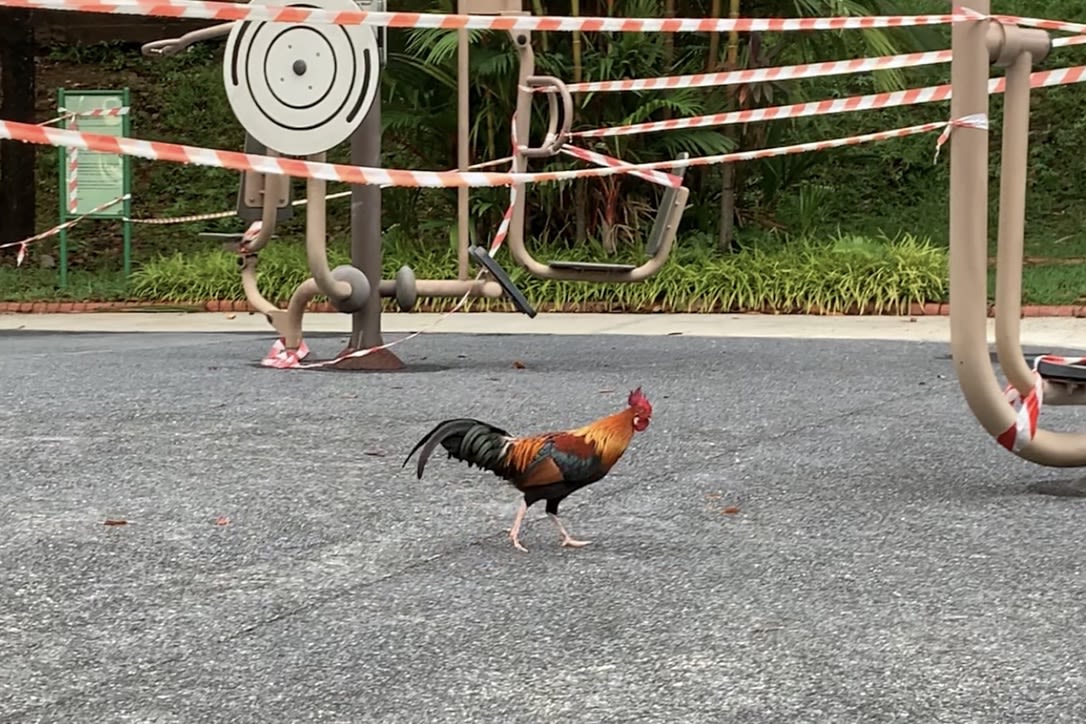
A male junglefowl struts through a closed-off exercise park in Chinatown during lockdown. There are hundreds of complaints every year about crowing junglefowl, which have been culled as a result. Image: Robin Hicks
A male junglefowl struts through a closed-off exercise park in Chinatown during lockdown. There are hundreds of complaints every year about crowing junglefowl, which have been culled as a result. Image: Robin Hicks
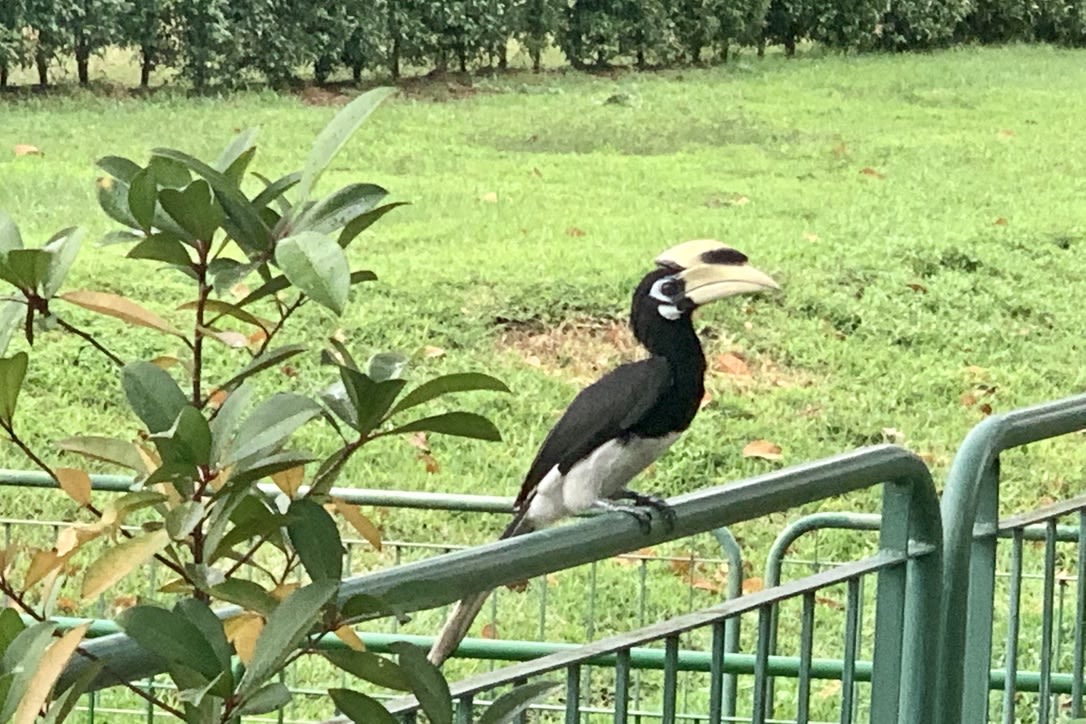
A pied-oriental hornbill perches on a railing in River Valley, an upmarket suburb in central Singapore. Hornbills are making a comeback after previously being extinct in Singapore. Image: Robin Hicks
A pied-oriental hornbill perches on a railing in River Valley, an upmarket suburb in central Singapore. Hornbills are making a comeback after previously being extinct in Singapore. Image: Robin Hicks
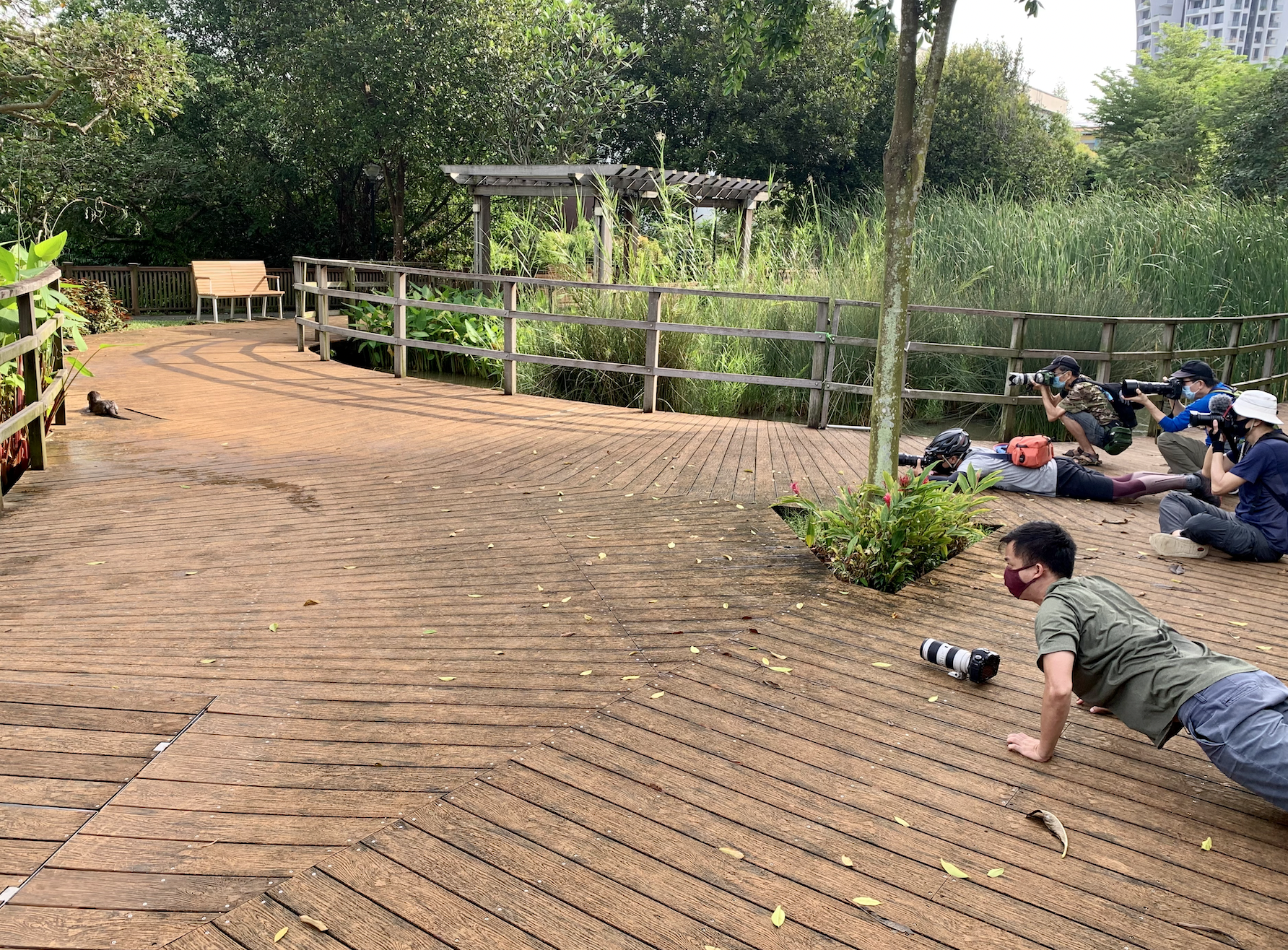
A huddle of photographers observe a lone otter sunning herself at Alexandra Canal. Image: Robin Hicks
A huddle of photographers observe a lone otter sunning herself at Alexandra Canal. Image: Robin Hicks
Bulldozers and bulbuls: Forests pay the price for lack of regulation
An important conversation on the role of EIAs is emerging in land-starved Singapore
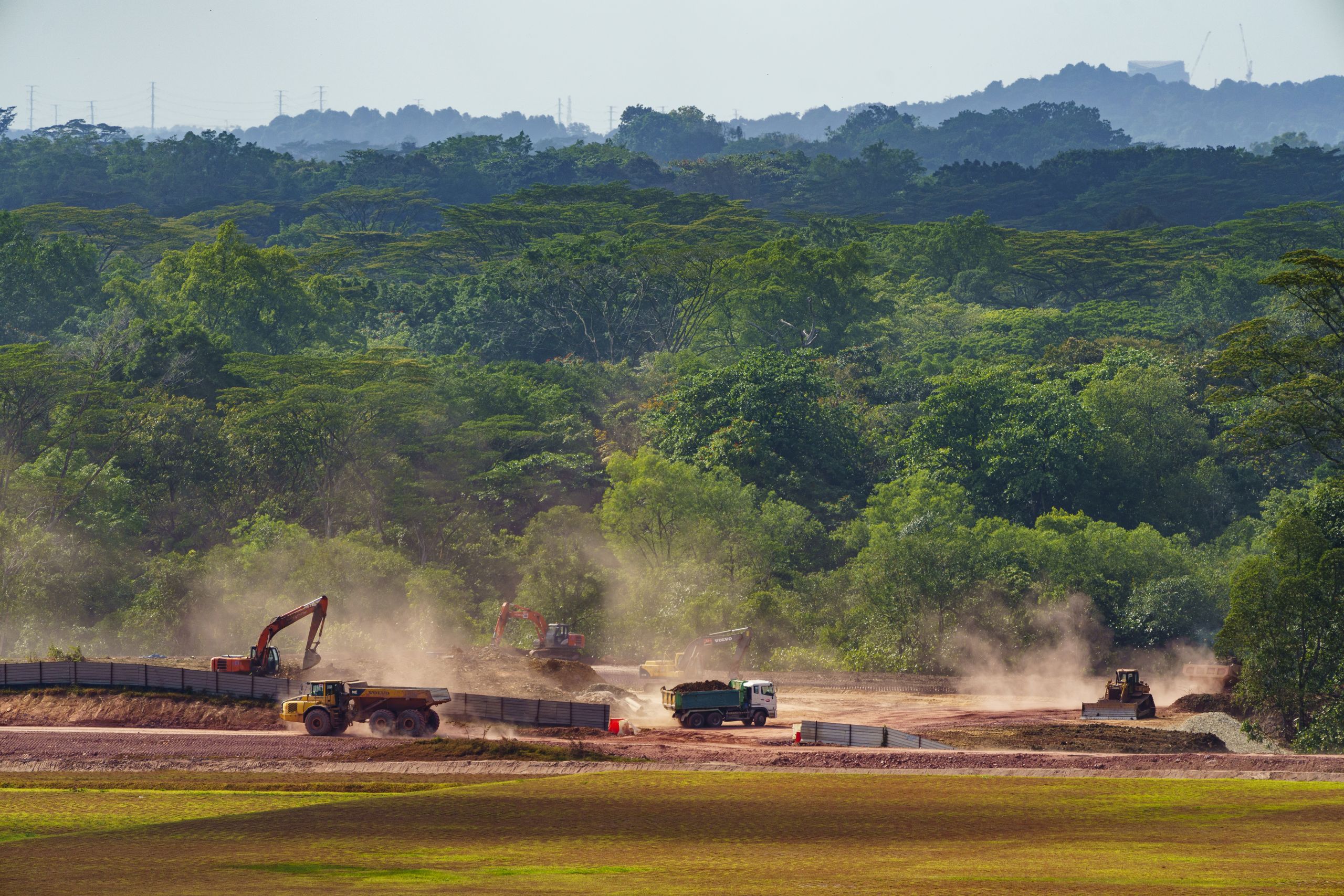
Pressure is mounting to change how the city-state assesses environmental impact before it decides to redevelop any plot of land, even as the nation continues to debate how to balance protecting its green spaces with needs for future housing.
Responding to questions in parliament in February about the fate of Singapore’s unprotected forests in February, Minister for National Development, Desmond Lee, pointed to social trends that put continual pressure on land, the biggest being demand for public housing.
“We need to continue building, to meet the demands and aspirations of young families,” he said, pointing out that for each new build-to-order (BTO) flat — Singapore’s most common public housing type — there are five to six applications as more Singaporeans enter marriageable age and look for a place of their own. More than 16,000 new flats are built every year.
Lee, himself a well-known naturalist, highlighted the compromise in Singapore's development story. “Given our small size, we have been, and have to be, judicious in stewarding our scarce land resources to support Singapore’s development, as well as in our aspiration to be a city in nature.”
“We have to constantly balance demands and trade-offs,” from housing to green spaces, he said. “These tensions are inherent in land use planning everywhere, but felt more acutely in a small city-state like Singapore.”
To conservationists like Leong Kwok Peng from the Nature Society of Singapore, a city in nature must mean conserving what’s left. “Most of it is earmarked for development. We need to keep it for as long as possible. We need to keep it for future generations,” he told Eco-Business at the launch of a campaign to preserve Pang Sua Woodland, a slither of forest that is also slated for development.
This may be difficult while loopholes exist in the current governance structures around construction and conservation in Singapore — one of the few countries in the world without a legally binding commitment to a planning tool deemed central to sustainable development: Environmental Impact Assessments (EIA).
Indeed, Singapore stands alone in biodiversity-rich Southeast Asia, where all other countries have a formal and legally binding EIA system in place for major projects that may have significant environmental or social impact, writes Matthew Baird, an environmental lawyer from German think tank, Heinrich-Böll-Foundation, Southeast Asia. While Singapore has a system of environmental assessment for major projects this system is not formally enacted in a law or regulations, writes Baird.
That said, some countries in the region struggle to fully implement these laws, according to Environmental Law in Singapore (2019) a book by Joseph Chun and Lin Heng Lye, which is considered the first comprehensive study of the subject.

Forest in Singapore's Central Catchment Nature Reserve. The country's largest nature park used to form a contiguous forest with the Bukit Timah Nature Reserve, but that changed when the Bukit Timah Expressway was built in 1986, separating the area into two fragments. It has been suggested that an EIA law could have averted the separation. Image: Tim Ha
Forest in Singapore's Central Catchment Nature Reserve. The country's largest nature park used to form a contiguous forest with the Bukit Timah Nature Reserve, but that changed when the Bukit Timah Expressway was built in 1986, separating the area into two fragments. It has been suggested that an EIA law could have averted the separation. Image: Tim Ha
Safeguarding nature
EIAs evaluate the potential impacts of proposed development projects to ensure that they do not undermine critical resources and ecological functions, or the livelihood of the communities that depend on them. Such studies inform decisions on how to modify construction activity to reduce, if not avoid, unjustifiable environmental costs.
Natalia Huang, an ecologist at Ecology Matters, a consultancy providing ecological advice and biodiversity studies for EIAs, surmised in an opinion article in The Straits Times in 2017 that the absence of an EIA law was to ensure that development would not be restricted.
Before EIAs became administrative practice in 2004, Singaporean authorities argued that the tiny, crowded city-state should be viewed in a different light to other countries and that environmental considerations were already catered for in its sophisticated city concept. Amid Singapore’s hunger for development and the decreasing availability of virgin building land, every square millimetre was considered prospective developable land, notes a paper on the issue.
While EIAs were carried out prior to 2004, this was reportedly done “in a random and ad hoc manner” according to a research paper by Clive Briffet and Jamie Mackee. In fact, much of the city was built without any biodiversity impact studies, particularly in its post-independence years, the research found.
Lim Swee Say, the city-state’s then-Second Minister for National Development, cautioned in 2005 that placing EIAs and public participation in environmental decision-making on a legal footing would lead to “more dialogues and disagreements”.
Government resistance to public participation meant that when EIAs were undertaken, it tended to be in secret, and only if the government deemed them necessary, despite open dialogue being widely considered a cornerstone of good environmental governance.
The practice of making assessment reports available for public comment, for instance, remained inconsistent until last year. When access was granted, the process was cumbersome. Often, only physical copies were made available for inspection, and could only be viewed during office hours by appointment. Copies were not permitted to be made.
The government defended this practice by explaining that such studies were technical, voluminous documents that might not be easily understandable by the layman. But the barriers were considered a deliberate obstruction to the public, and gave rise to criticism of the government’s poor efforts in creating effective feedback channels.
It is not enough for a developer to state that an assessment has confirmed there won’t be significant adverse environmental impacts, environmental law experts, Chun and Lye write in their book, other stakeholders must be given the opportunity to review the report.
In 2008, the government introduced its first EIA framework in a bid to make development more environmentally friendly and while they have since become more commonly used, they are not yet mandatory. While stakeholders were increasingly given the opportunity to share feedback in subsequent years, doubts long lingered whether their concerns were taken seriously.
Among those struggling to make their voices heard has been the country’s most prominent conservation group, Nature Society Singapore. Five years ago, the non-profit questioned an EIA of proposed development plans for the Mandai area in the north of the state and put forward alternative project sites and other proposals to mitigate the impacts of construction, but it never received a substantive public response from the developer or authorities.
The government was reportedly “single-minded” in its plans, writes Chun, despite warnings that the project posed a grave threat to already fragmented and degraded forests in the nature reserve.
Over time, the country has paid for these blind spots in environmental governance. Briffett and Mackee suggest in their research paper that if Singapore had adopted environmental assessment legislation in the 1980s along with its neighbours Malaysia and Indonesia, some irreversible ecological damage, could have been averted.
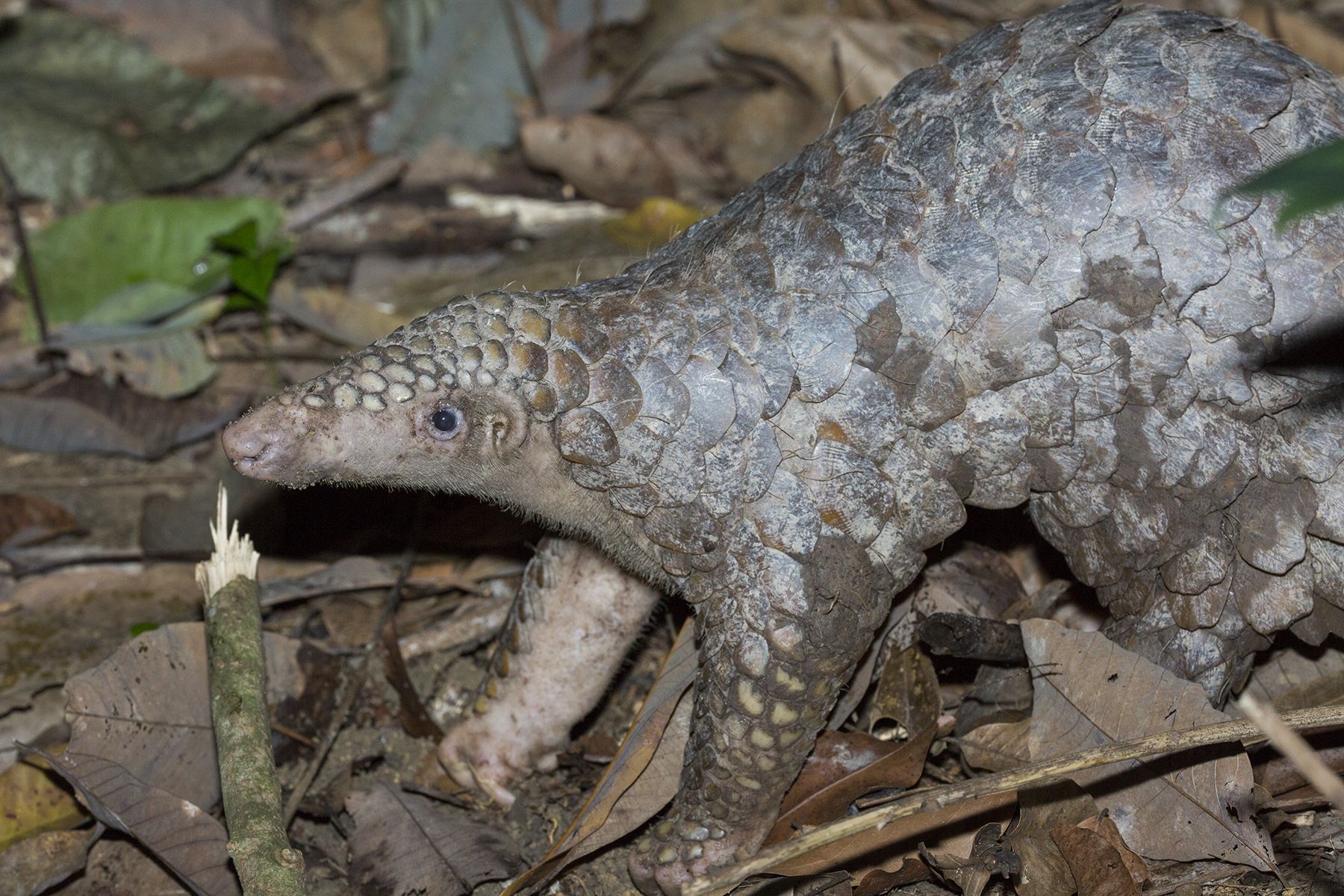
A sunda pangolin, one of three critically endangered Asian pangolins, roams the Central Catchment Nature Reserve. As Singapore's forests dwindle, EIAs are critical to protecting remaining green spaces and the wildlife they house. Image: Budak, CC BY-NC-ND 2.0 via Flickr
A sunda pangolin, one of three critically endangered Asian pangolins, roams the Central Catchment Nature Reserve. As Singapore's forests dwindle, EIAs are critical to protecting remaining green spaces and the wildlife they house. Image: Budak, CC BY-NC-ND 2.0 via Flickr
Tentative change
It wasn’t until last year that authorities made a substantial effort to patch weak points in the EIA framework in an attempt to increase the rigour and transparency of biodiversity studies. One critical change involves the implementation of comprehensive guidelines for consultants to follow when conducting environmental surveys.
Consultants were previously left to decide for themselves what data should be collected and how to quantify the impacts of development work in the absence of standardised methodology. This meant that scopes varied across projects, and that evaluations were opaque and subjective.
For example, in 2016, an EIA of the Cross Island MRT Line — a new 50-kilometre mass rapid transit line that will run from Jurong in the west to Changi in the east — classified the impacts of soil investigations under the nature reserve as “moderate” if mitigation measures were strictly followed. However, it wasn’t clear then what “moderate” meant.
The new framework also defines what counts as an area of high conservation priority, spelling out the circumstances under which biodiversity surveys must be done.
The latest changes seek to render the planning process, and not just construction works, more sensitive to the environment and wildlife. Nature groups will now be engaged earlier in the process to facilitate preventive action, and development agencies will have to undergo a course on basic ecology to inform their planning strategies.
Authorities also heeded calls for reports to be accessible for public scrutiny. The Ministry of National Development (MND), the agency responsible for land development in Singapore says that it will be making all environmental study reports publicly available, “unless there are security considerations” in an emailed response to questions from Eco-Business. Experts have lauded these steps, saying they bode well for the government’s future engagement with the public.
In the wake of the Kranji clearing, authorities announced another review of the framework to see how similar blunders can be prevented in the future. The incident has also prompted agencies to take a closer look at how they work, both internally and with each other.
The government is mulling a centralised system to manage environmental impact assessment consultants instead of having individual developers manage their own. This could raise the bar for the consulting sector, which has been referred to as a “cowboy industry” due to the lack of regulations governing who can carry out such studies. There have been cases where this led to consultants doing surveys without possessing the necessary qualifications.
An MND spokesperson says that the government recognises the importance of stakeholder engagements further upstream in the planning and development process with efforts to build an “active partnership” with the public.
“The government will continue building on these relationships with the nature community to foster greater stewardship of Singapore’s natural heritage,” according to the spokesperson.
Current government policy requires projects to undergo a thorough evaluation process that determines the development’s potential impact on public health, heritage, and the environment, says the Urban Redevelopment Authority on its website. Projects close to sensitive nature areas are subject to greater scrutiny and “may be required” to conduct more detailed environmental studies, it says.
Amid pressure to legislate EIAs, the government has stressed that its current assessment framework has “regulatory teeth” as it is pegged to other legislation. The recently amended Wildlife Act, for instance, empowers NParks to issue wildlife-related requirements to developers and take direct enforcement action against companies that fail to comply. There is also the Planning Act, under which statutory permissions and conditions can be imposed for the conduct of biodiversity surveys.
The lack of a dedicated EIA law comes with certain risks, caution Chun and Lye. Since there is no judicial body that makes sure EIA policies are strictly enforced, there are no legal consequences if they are not. Neither are there guarantees that a potential future government reshuffle won’t erode measures currently in place. If current practices are not institutionalised, how can Singapore be certain that future regulators will apply them consistently?

Going, going… Is development of Singapore’s forests inevitable?
More want control over the future of their forests.
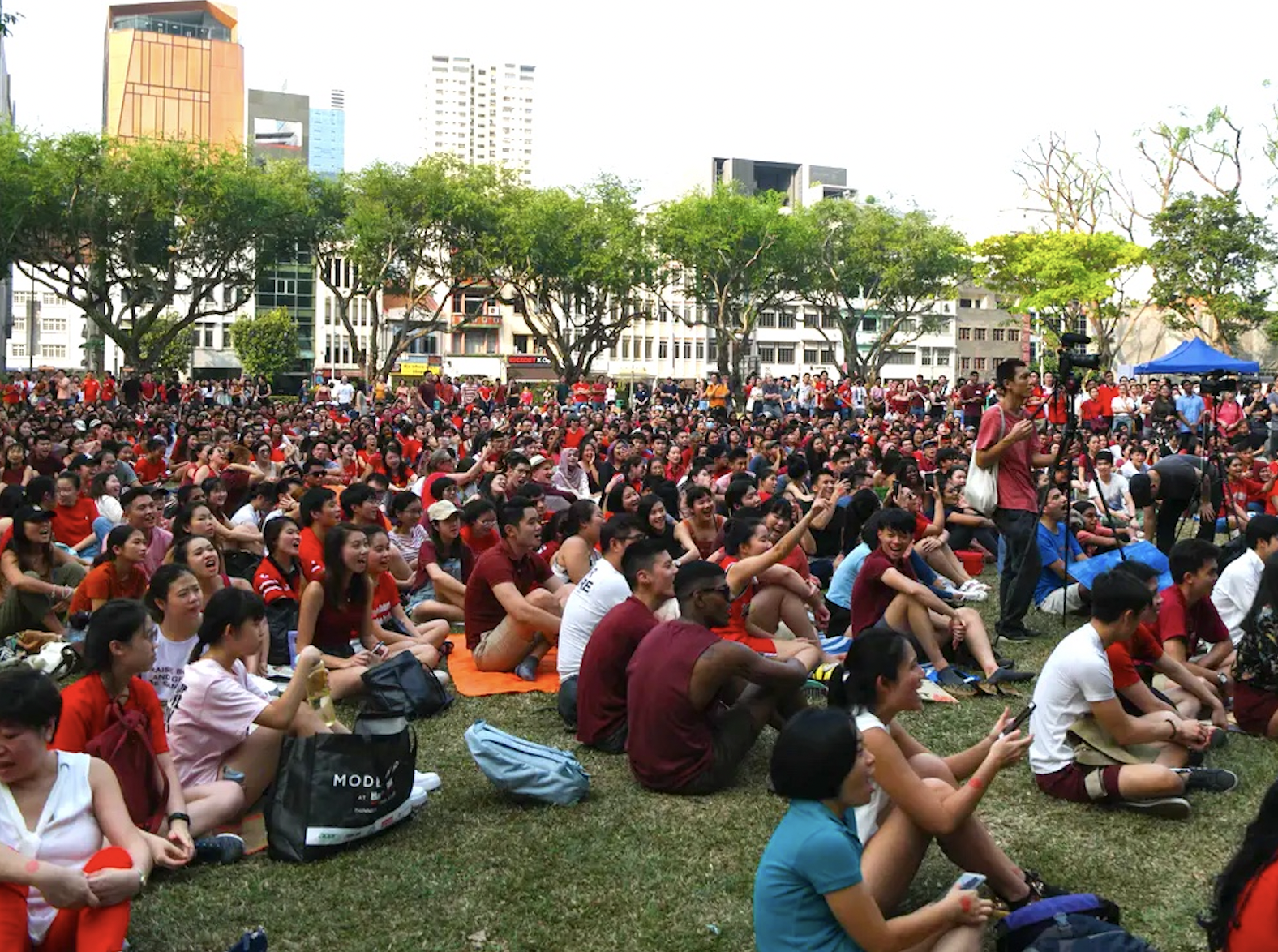
Over the decades, Singapore has seen several successful case studies of environmental conservation and protection with great efforts from environmentalists. Some notable examples of rare policy u-turns include the preservation of Sungei Buloh wetlands in 1986, Lower Pierce Reservoir in 1992, and Chek Jawa in Pulau Ubin in 2001.
Chek Jawa was eventually protected by a joint-action public campaign by Nature Society Singapore, Singapore Environment Council, NUS, Raffles Museum of Biodiversity Research and the general public, but it all started from a chance encounter by botanist Joseph Lai.
In 2001, Lai came across the then-untouched Chek Jawa by accident, when he was acting as a volunteer guide for students. He soon learned that the eastern tip of Pulau Ubin was zoned for reclamation for military training and decided to raise the issue during a public forum organised by Urban Redevelopment Authority (URA) to discuss land use.
In an impassioned plea to save Chek Jawa, he said, “The Government listens...but people must speak up! I have always believed that just as people are the soul of a nation, nature areas are the pulse of a landscape. They never fail to invite us to ask the 'big' questions about life, family, home and country.”
Six months before the reclamation was due to start, 1,000 people comprising marine biologists, research officers and members of the public flocked to Chek Jawa to survey its biodiversity, collect specimens and document the site in a guided walk themed “Bidding Farewell to Chek Jawa.” This mass turnout prompted a visit by the Senior Parliamentary Secretary, the Ministry of National Development, and URA Board Members to Chek Jawa.
People are asking: ‘Why plant a million trees if you could leave the older forests standing?’
In December 2001, individuals pushing to save the site were invited to a closed-door meeting at the National Development Ministry in which the minister announced that Chek Jawa would not be reclaimed. In January 2002, two new nature reserves at Labrador Park and Sungei Buloh were gazetted, giving environmentalists new-found hope that the government was trying to do what it could for green spaces.
The rise of citizen activism
As more Singaporeans experience the physical, mental and emotional benefits of green spaces, there is growing concern about the fate of the existing forests, spurring citizen activism.
When news emerged last year that Dover forest and Clementi forest, both untouched for decades and teeming with wildlife, were designated for housing development, it triggered a debate over the ongoing decline of wild spaces in Singapore in favour of apartment buildings, shopping malls and industrial estates.
Petitions have been raised to save Dover and Clementi forests from the bulldozers, after aerial videos showcasing these biodiverse patches of woodland, which serve as wildlife corridors for endangered species, went viral.
The latest petition from the public in June has been to protect Coney Island — a 133-hectare nature park located off the northeastern coast of Singapore — from the construction of a new campus by Outward Bound Singapore. Citizens have expressed their worries about the adverse impacts to the wildlife and nature on the island, citing the numerous outdoor facilities that Singapore already has.
“People have had no chance to go overseas and are cooped up at home. They’ve had to explore unknown local places and suddenly, they are discovering that Singapore has interesting natural places that are worth protecting,” says Ho of Nature Society Singapore.
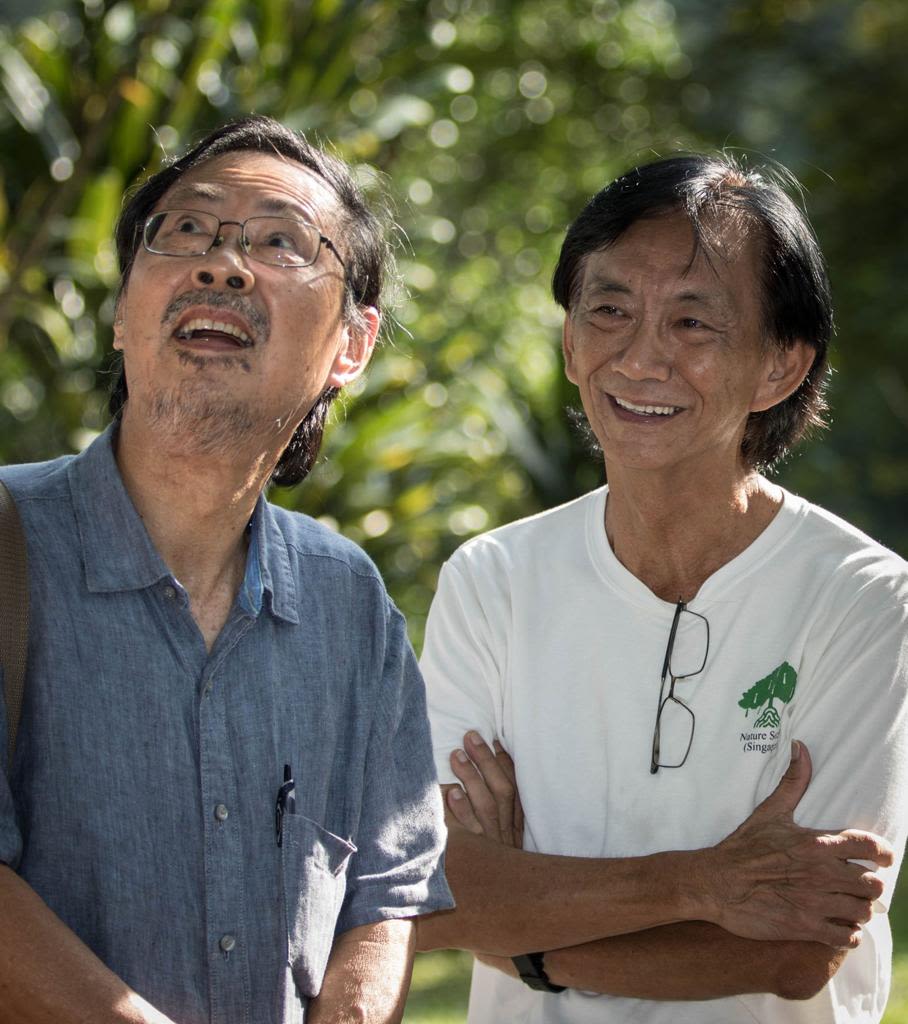
Dr Ho Hua Chew and Leong Kwok Peng of the Nature Society of Singapore. Image: Pang Sua Woodland, Santuary Unveiled Along the Rail Corridor
Dr Ho Hua Chew and Leong Kwok Peng of the Nature Society of Singapore. Image: Pang Sua Woodland, Santuary Unveiled Along the Rail Corridor
The Kranji clearing heightened the debate about Singapore’s dwindling wild spaces, and what is socially acceptable to clear in the name of development. Around the time of the incident, the government unveiled the Singapore Green Plan, a 10-year blueprint for greening the country, to add 1,000 hectares of green spaces, and plant a million trees. But questions have been raised as to what this really means for Singapore's remaining existing wild spaces.
“People are asking: ‘Why plant a million trees if you could leave the older forests standing?’ Wouldn’t it be cheaper to do that anyway? A new kind of pragmatism is emerging in Singapore,” says Madhumitha Ardhanari, a senior strategist with sustainability non-profit Forum for the Future.
A study published in February by the Institute of Policy Studies found that three in five Singaporeans believe that protecting the environment should be prioritised over economic growth. While this view is more common among younger Singaporeans, it nonetheless suggests a shift in Singapore’s value system.
“The conventional narrative is that we’re a small country with no natural resources, and if we stop growing we will die,” says Ardhanari. There are pockets of people now questioning this narrative, she adds.
Singaporeans are also beginning to link climate change issues, such as extreme rain and flooding, with the loss of forests in the country.

An ad campaign by Public Utilities Board highlighting the potential effects of climate change on Singapore. Netizens made the connection between climate change and local forest loss. Image: PUB
Screenshot of a PUB advertisement highlighting extreme rain and flooding as the adverse impacts of climate change. Image: Instagram
When the Public Utilities Board (PUB) of Singapore posted an Instagram advertisement about climate change, citizens flooded the comments section about the need to prevent further forest loss.
One such comment reads: “How about stop cutting down trees for more residential developments? Not rocket science, and it sure could reduce the ‘climate change’ y’all speak of, ay?”
Singaporeans have used a myriad of creative approaches in an attempt to save existing green spaces in the city-state. Recently, a secondary school teacher tried to raise awareness about the older or endangered species for heritage status in Dover Forest, by measuring the girth of tree trunks and examining their droppings on the forest floor.
Tools such as the Global Forest Watch—an open-source monitoring service that uses satellite data— have also allowed citizens to keep track of land-use change and highlight unreported developments such as in the case of the clearing of Kranji woodland.
“In the past, there had to be endangered species living in an area before we’d dare talk about conservation. The authorities could say that the Nature Society has a limited following, so why should they listen? But they cannot brush aside the general public, who are now sympathetic [to the protection of natural areas],” Ho says.
Youth movements pushing for climate justice and a just transition, whereby the transition towards a climate-neutral economy happens in a fair way, leaving no one behind, have also sprouted and are trying to make environmental policies more accessible to ensure that a bigger percentage of the population is able to engage with such issues.
Suddenly, people are discovering that Singapore has interesting natural places that are worth protecting.
Environmental group SG Climate Rally held the first ever climate rally in 2019, with over 2,000 people coming together in support of bolder targets to reduce the city-state’s carbon emissions, a higher carbon tax on pollution industries and a comprehensive study into the threats that climate change poses to Singapore.
"Now, young people are more aware about the environmental crisis we are in. They are trying to reconnect with nature and educate themselves. It's a global climate emergency and the youth feel that their future is at stake,” Ho says.
Speak for Climate is another youth initiative that was started to translate existing policies into accessible language so that more citizens could provide their feedback during the National Climate Change Secretariat’s (NCCS) public consultation in 2019.
“Some of our key focus has been to increase the accessibility, transparency, and accountability of climate policymaking. Through our efforts, we hope that more Singaporeans will be able to participate in the conversation,” says Sammie Ng, initiator of Speak for Climate and member of SG Climate Rally.
Since then, the group has worked on other consultations, including the one on Dover Forest—by collating resources in a link tree for easy access. Both SG Climate Rally and Speak for Climate also organised Greenwatch, a campaign that aimed to provoke deeper commitments to climate policy during the General Election in 2020. They released a climate scorecard that assessed all party manifestos on how green their policies were, and gave the government a score of 8 on a scale of between -90 to 90.
Ng is also the co-founder of social enterprise Accommodate, an educational land-use simulation game that provides a platform for people to discuss issues related to urban redevelopment. For each game, 20 to 30 players come together and step into the shoes of policymakers from different ministries to plan the development of the city.
Through the game, players begin to realise the importance of transparency in urban planning, as it ensures that decisions are made by the majority.
“It’s not a zero-sum scarcity game, but the question is how can we understand the trade-offs that come with each decision?” she says. The principles of greater transparency and collaboration should be applied to urban planning in Singapore, she stresses.
“Right now, there are increasing ways for people to voice their concerns. For the masterplan and NCCS, there are public consultations for people to share their feedback. But these platforms and channels need to be more accessible and transparent,” Ng says. Youths want to be involved in co-creating the plan from the start so that their opinions are incorporated meaningfully.
The role of the media
Although the environmental movement in Singapore has made strides over the years, with greater collaboration between the government and environmentalists, some argue that much of the power still resides with the government. Cherian George, an academic and former journalist for The Straits Times, argues that the government enforces “calibrated coercion” — a light-touch approach which uses subtle press controls to maintain its dominance and build ideological hegemony.
The success of the approach lies in its subtlety and involves tools such as economic sanctions, defamation suits and regulatory restrictions. To avoid regulatory restrictions, media organisations and even individuals themselves have developed a culture of caution and self-censorship. Media organisations steer clear of ‘OB markers’ (out-of-bounds markers)—issues that are off limits.
Civil society has expressed frustration with local media and its self-censorship. "If the media did a better job of asking the right questions [about land-use and development] in Singapore, there would be less of a need for nature groups to hold the government to account,” says Leong Kwok Peng, conservation committee chair of the Nature Society Singapore.
“I think that growing up in Singapore, there is something that it [the government] expects you to say. If you know that your opinion might not match what is expected, then you might be afraid to say it,” youth activist Ng says.
Long-time activists agree that the right phrasing and language is needed in order to engage with the government. “You have to use the right approach and language. You have to couch it like, ‘hey, here’s our community suggestion. You cannot say ‘that is unwise, you should not have done that. We protest against your plan.’ If you do, they may find it unpalatable. That’s why we use softer words like ‘reimagining’,” says Teresa Teo Guttensohn, co-author of the book Pang Sua Woodland: Sanctuary Unveiled Along the Rail Corridor.
As attitudes change, calls for a more participatory approach are growing louder; people want more of a say over the fate of their natural heritage, particularly the young, who will be most affected by life in a hotter city in years to come.
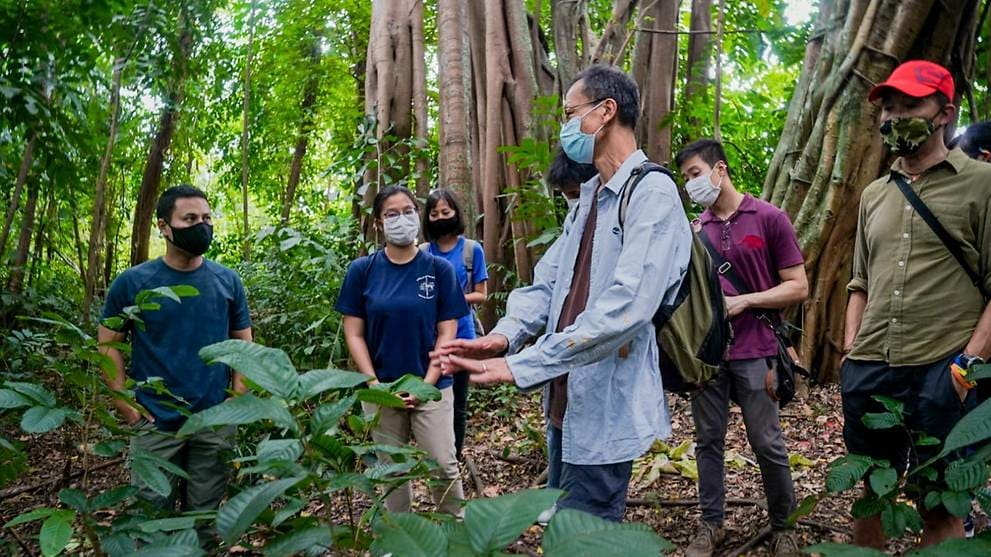
Minister for National Development Desmond Lee (left) on a nature walk with representatives from National Parks Board and Nature Society. Image: Facebook/Desmond Lee
Minister for National Development Desmond Lee (left) on a nature walk with representatives from National Parks Board and Nature Society. Image: Facebook/Desmond Lee

A die-in to protest against environmental collapse at the SG Climate Rally in 2019. Image: Zafirah Zein
A die-in to protest against environmental collapse at the SG Climate Rally in 2019. Image: Zafirah Zein

Teresa Teo Guttensohn reading a poem to protest against the Cross Island MRT Line, which will tunnel underneath the Central Catchment Nature Reserve. She wrote: "Without a past, we are lost. A country is nothing without roots. Roots tied to our culture and nature, Roots chained to our heritage. Strong roots create strong confident people, Lost roots make for lost unhappy people. The wild rainforest is our natural legacy." Image: besgroup.org
Teresa Teo Guttensohn reading a poem to protest against the Cross Island MRT Line, which will tunnel underneath the Central Catchment Nature Reserve. She wrote: "Without a past, we are lost. A country is nothing without roots. Roots tied to our culture and nature, Roots chained to our heritage. Strong roots create strong confident people, Lost roots make for lost unhappy people. The wild rainforest is our natural legacy." Image: besgroup.org
A more inclusive City in Nature
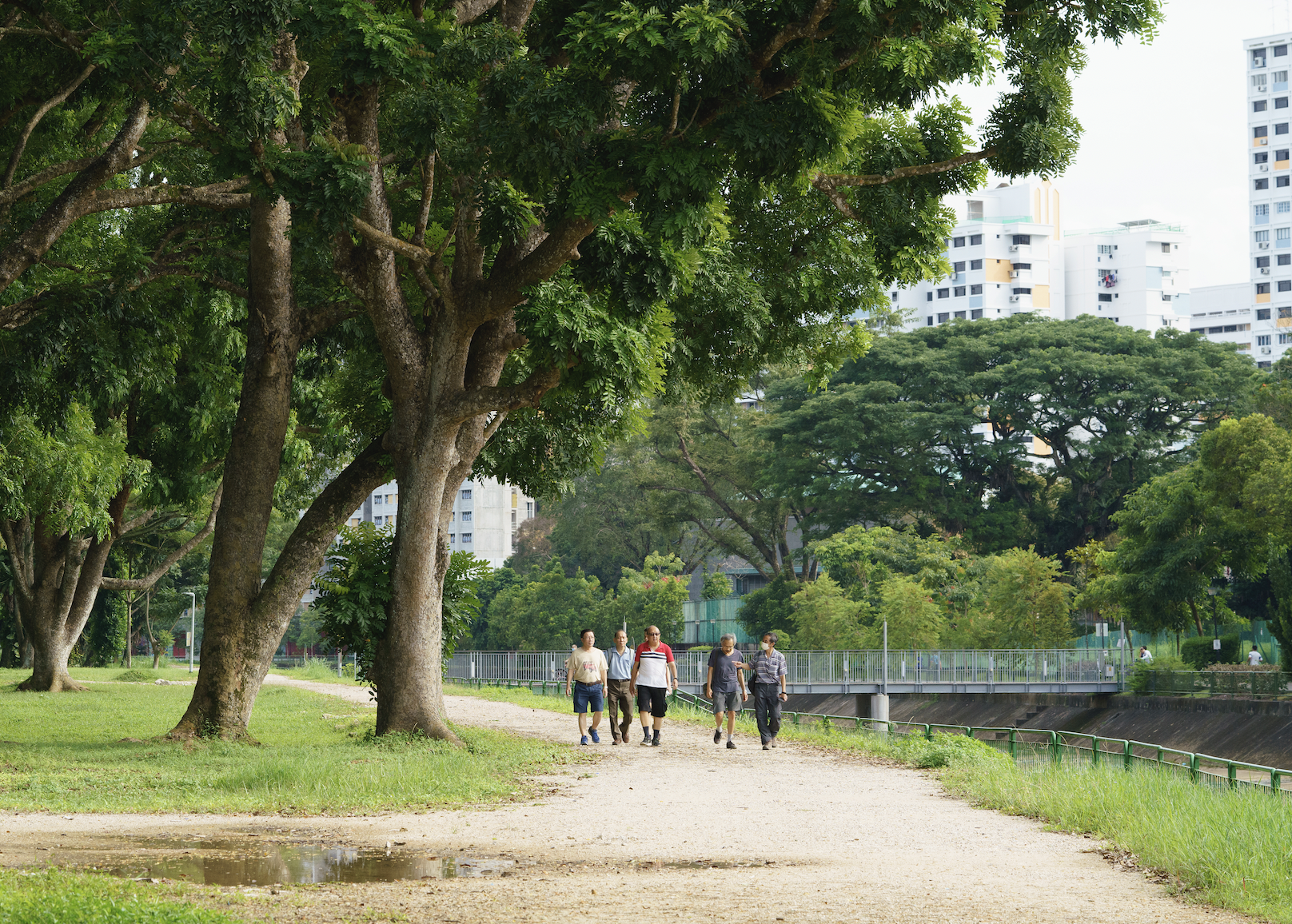
If you want citizens to take biodiversity seriously, the government could help by giving teeth to current environmental protection frameworks. The Kranji issue has piled more pressure on authorities to become legally bound to carry out assessments and allow stakeholders to share their views.
Concerns over delays, cost increases and possible negative effects on economic growth have traditionally fuelled push-back against EIA legislation around the globe. But such fears have proven unfounded in most cases. If laws provide for reasonable timeframes for public consultation, the long-term economic benefits of using EIAs have been shown to far exceed the potential drawbacks.
“Putting environmental assessments on a legal footing promotes transparency and accountability, and ultimately public trust in decision-making. It is time for Singapore to take the next bold step to further enhance its environmental governance and management,” argue Chun and Lye.
Singapore could take a leaf out of Melbourne’s playbook to build a more inclusive City in Nature. The Kranji incident highlighted a lack of transparency and governance. Without improving both, Kranji-like blunders could happen again.
The ministry did not respond directly to Eco-Business’ questions on what steps have been taken after the Kranji clearance to ensure better oversight when developing green areas, or on deforestation currently underway at Lower Seletar Reservoir, which the Nature Society has said it was not informed about.
Including nature groups earlier on in the planning process for development projects is key. They are the eyes and ears for a public that is waking up to the value of forests. Nature groups act as a bridge between the government and the public, and could help narrow the gap in public trust in land-use planning that the Kranji incident laid bare.
Greater accountability for developers would help build public trust. If the consequences were more severe for those who make mistakes, they would stop making them. With so much value locked in Singapore’s forests as the impacts of climate change grow more severe, a “stern warning” is not enough.
The Kranji deforestation clearance debacle points to the formation of an EIA law as a good place to start. The notion of land scarcity that has traditionally underpinned the country’s utility-driven approach to nature is a good reason for introducing such a law, and citizens could help to shape it.
In a heavily urbanised island nation where the need to protect forests clashes with the need to develop industry, create jobs and provide infrastructure, ensuring that the remaining pockets of nature are carefully managed is critical to strike a balance, especially as Singapore already experiences the impacts of climate change.
“Singaporeans have been divorced from nature, because it’s taken for granted. But we can’t survive if we can’t protect our environment,” says Ardhanari of Forum for the Future.
“Environmental issues have been marginalised in Singapore, but we can centralise the issues that determine our future if we see ourselves as embedded in the nature that we live in.”


Pang Sua Woodland a patch of greenery slated for development. The long-term economic benefits of using environmental impact assessments have been shown to exceed the drawbacks. Image: Pang Sua Woodland, Sanctuary Unveiled Along the Rail Corridor
Pang Sua Woodland a patch of greenery slated for development. The long-term economic benefits of using environmental impact assessments have been shown to exceed the drawbacks. Image: Pang Sua Woodland, Sanctuary Unveiled Along the Rail Corridor
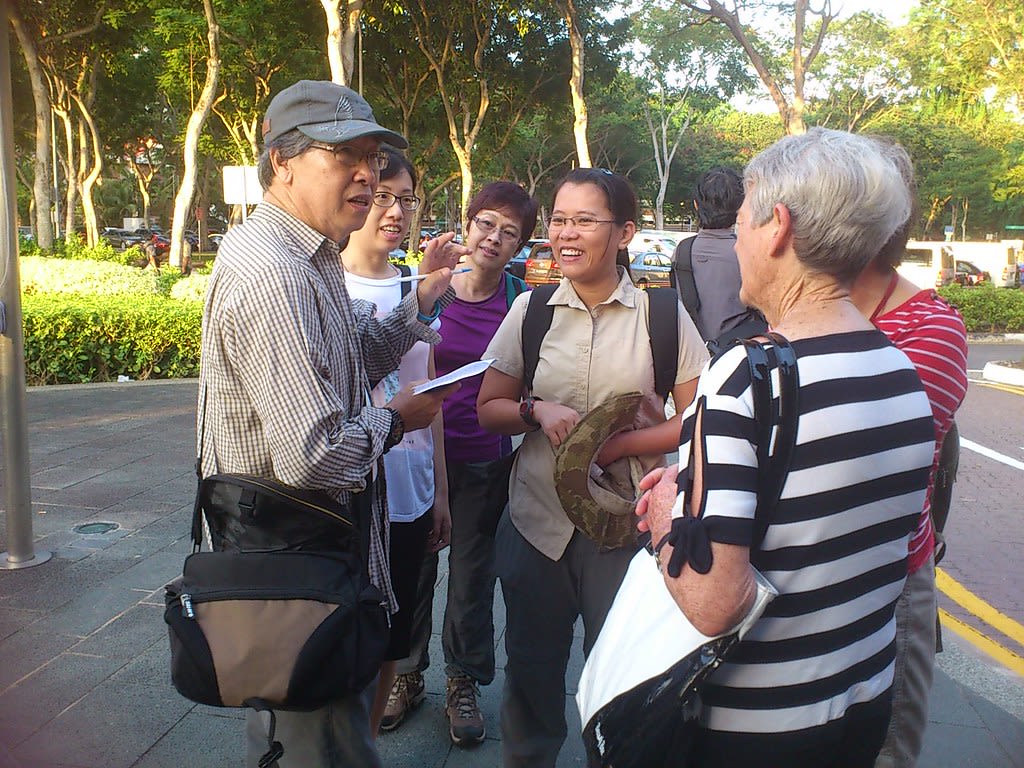
Bird watching with Nature Society during Pesta Ubin. Nature groups could help narrow the gap in public trust in land-use planning that the Kranji incident laid bare. Image: Ria Tan/Flickr
Bird watching with Nature Society during Pesta Ubin. Nature groups could help narrow the gap in public trust in land-use planning that the Kranji incident laid bare. Image: Ria Tan/Flickr
How can Singapore realise its ambition to become a city in nature?
Write to us at news@eco-business.com

